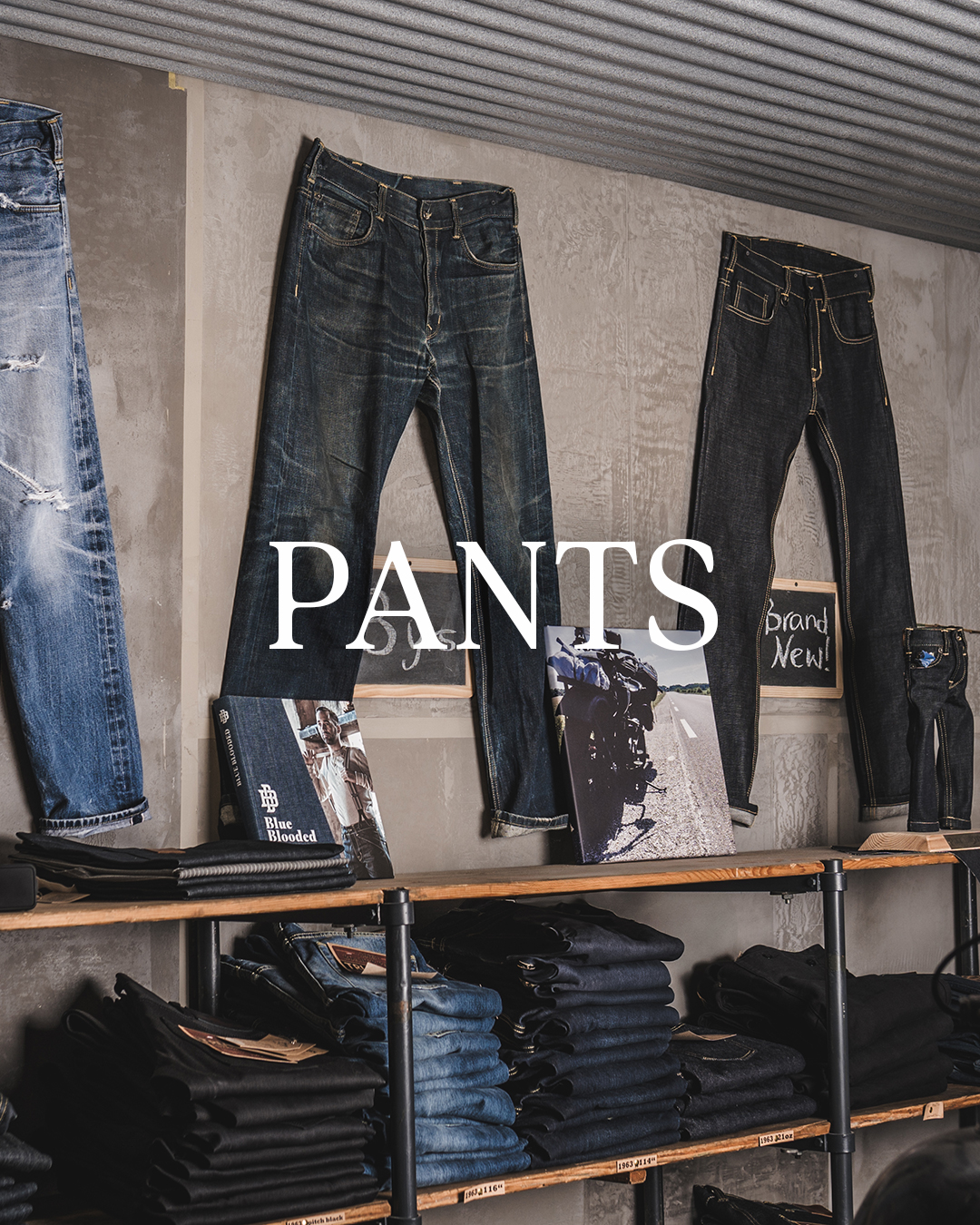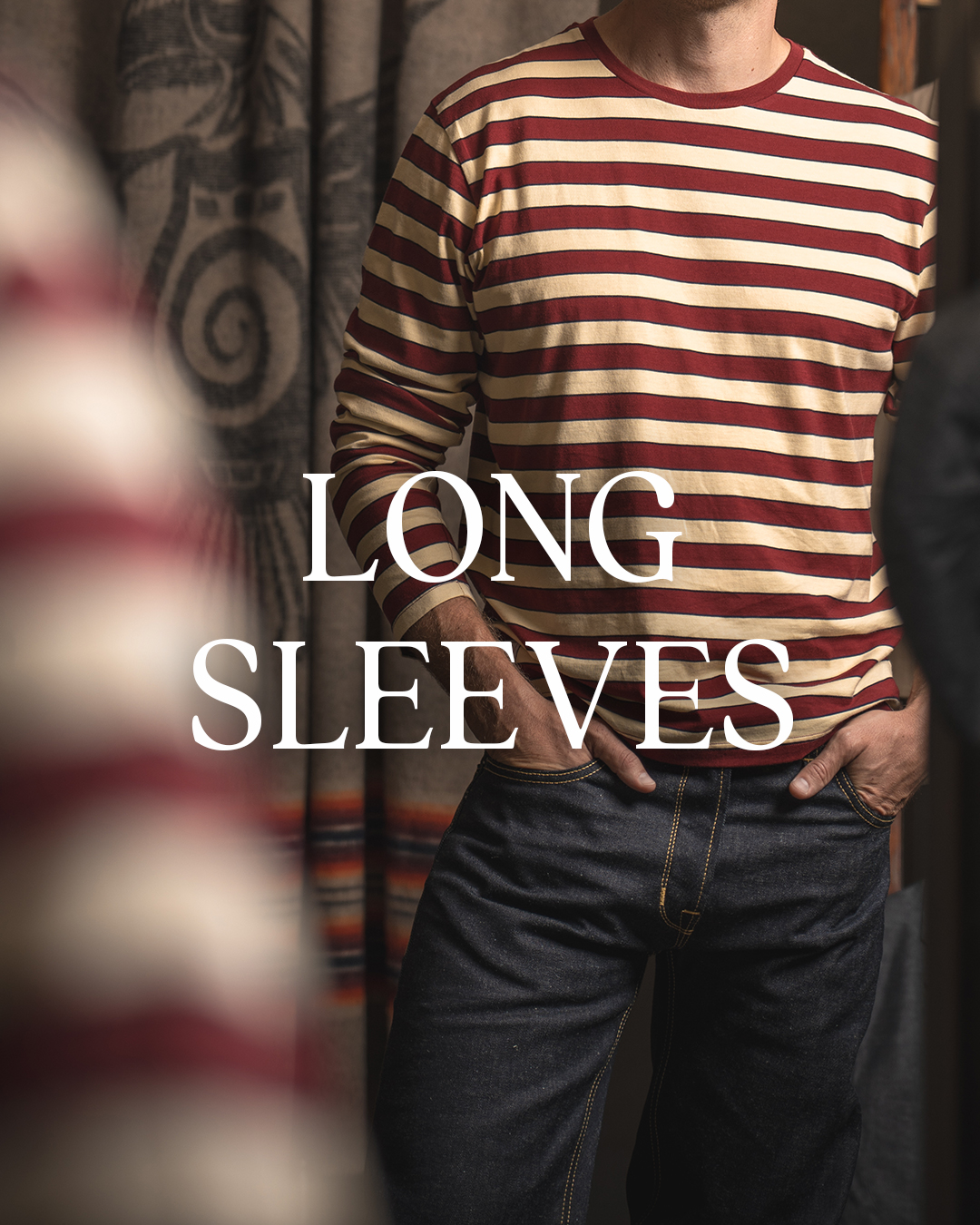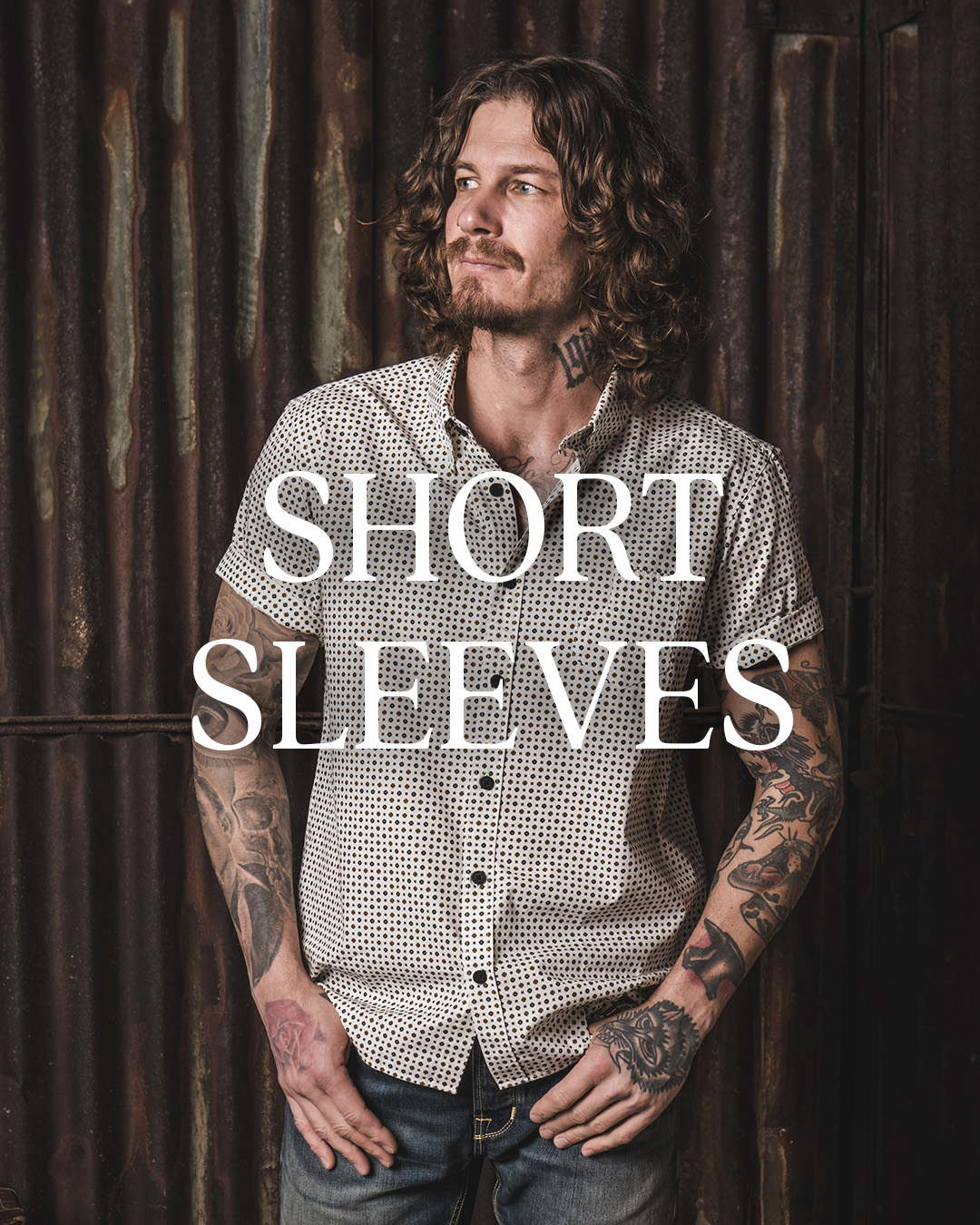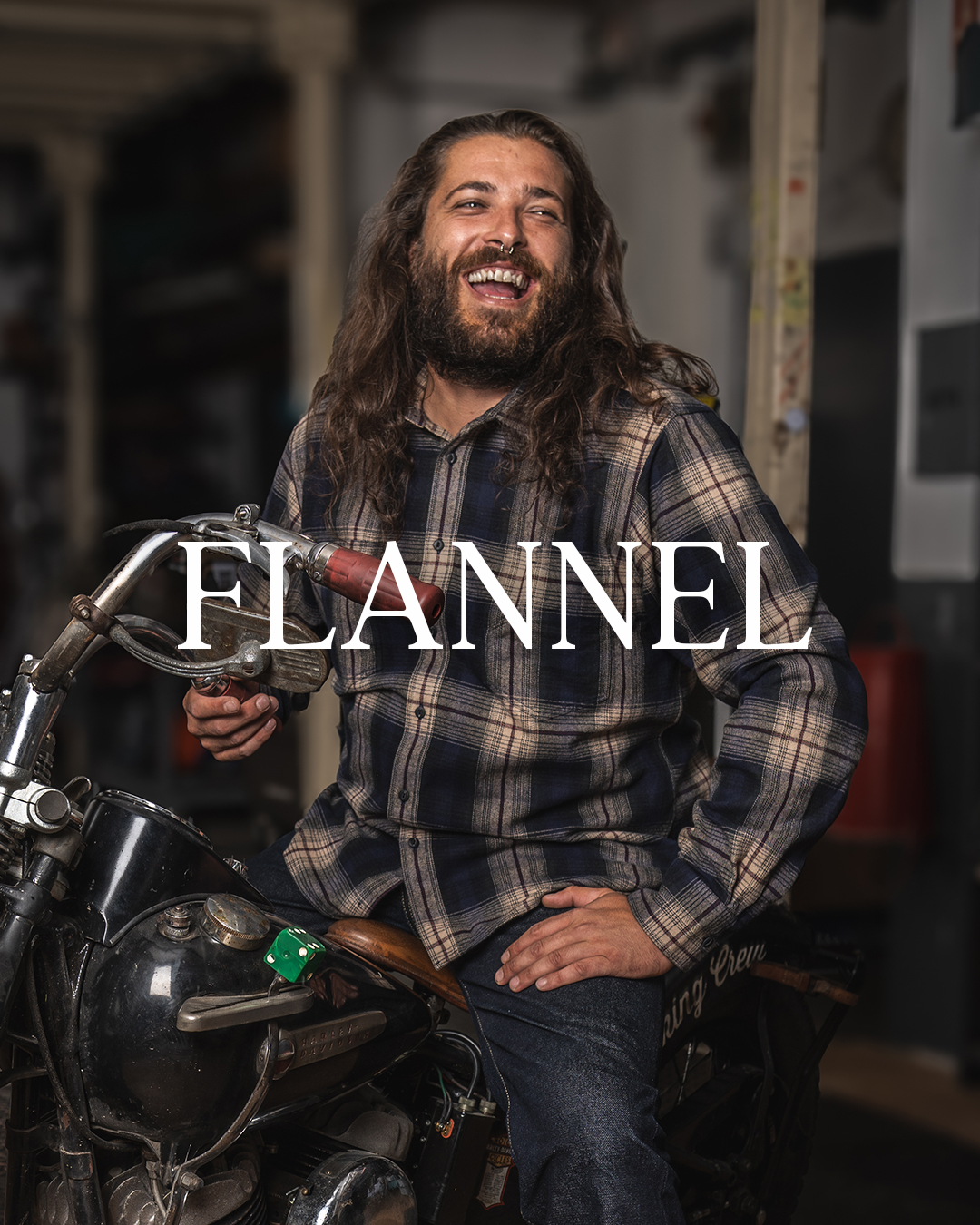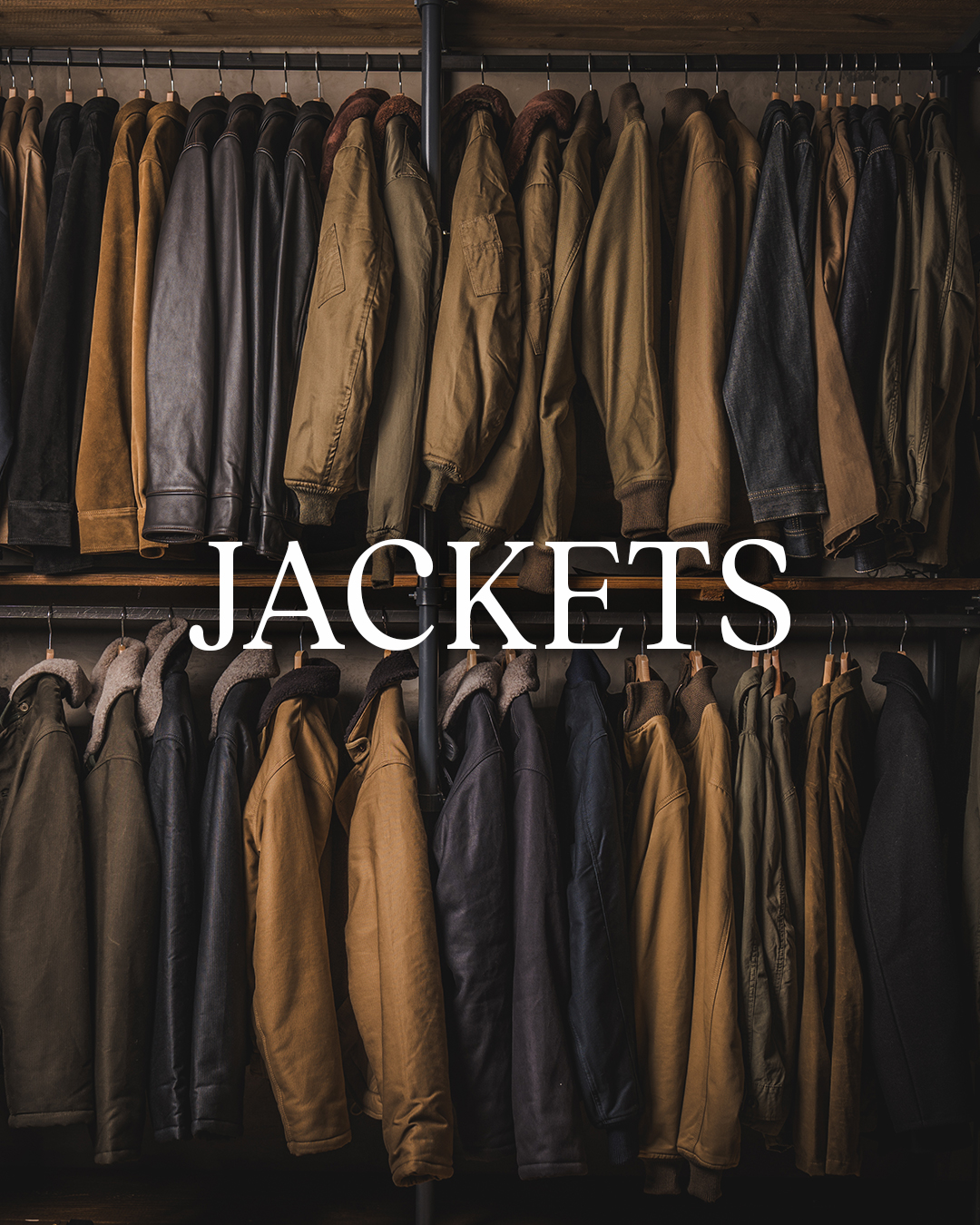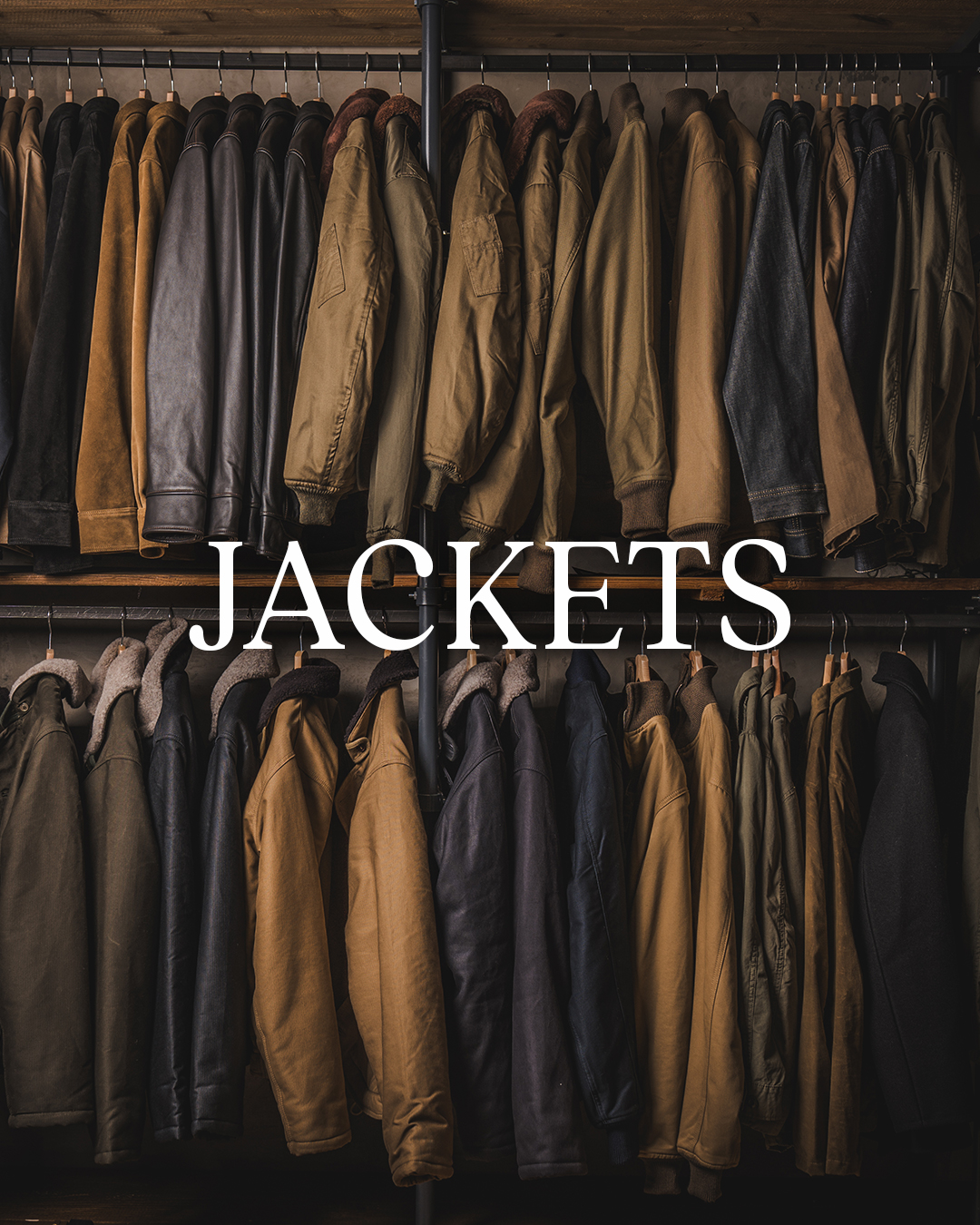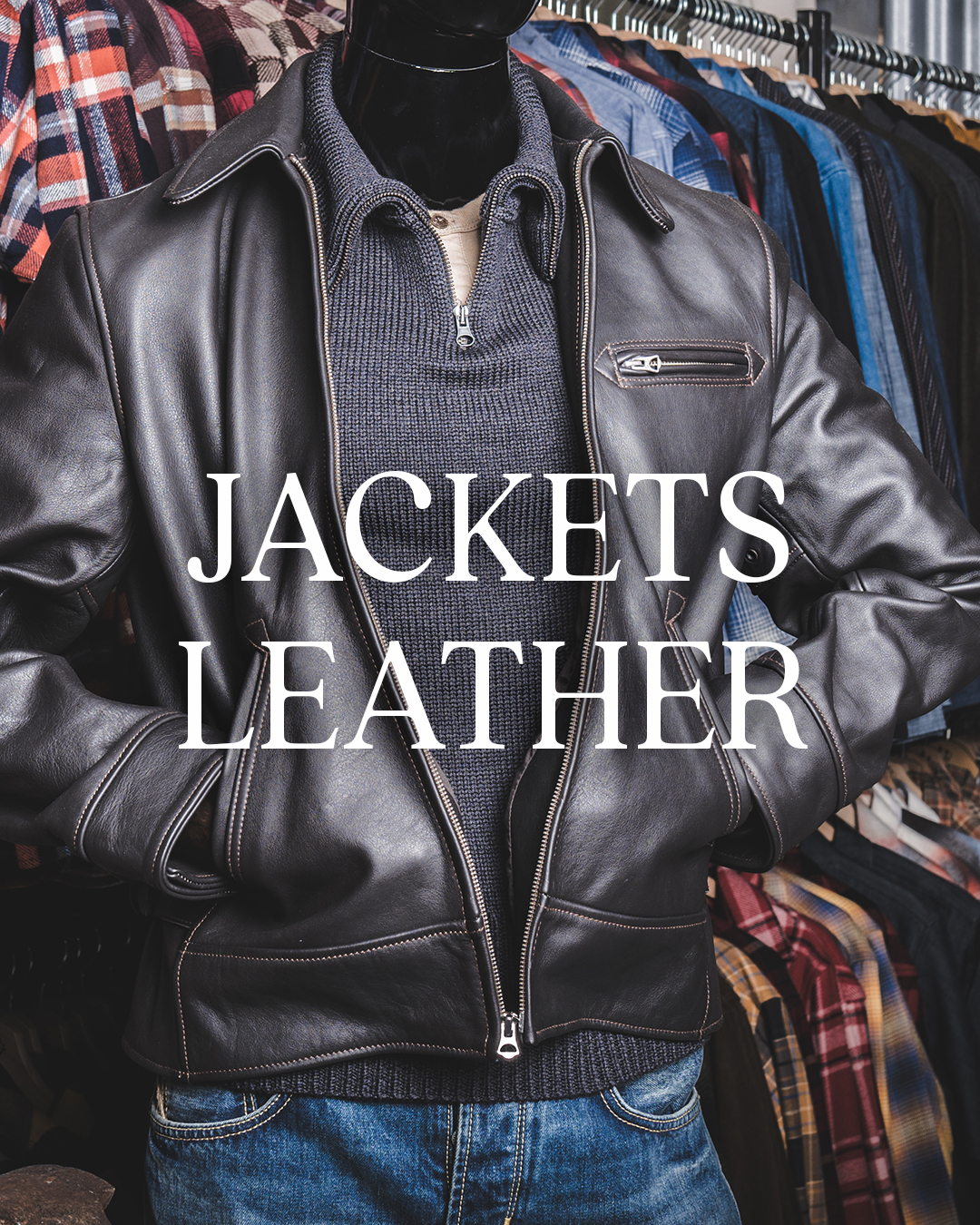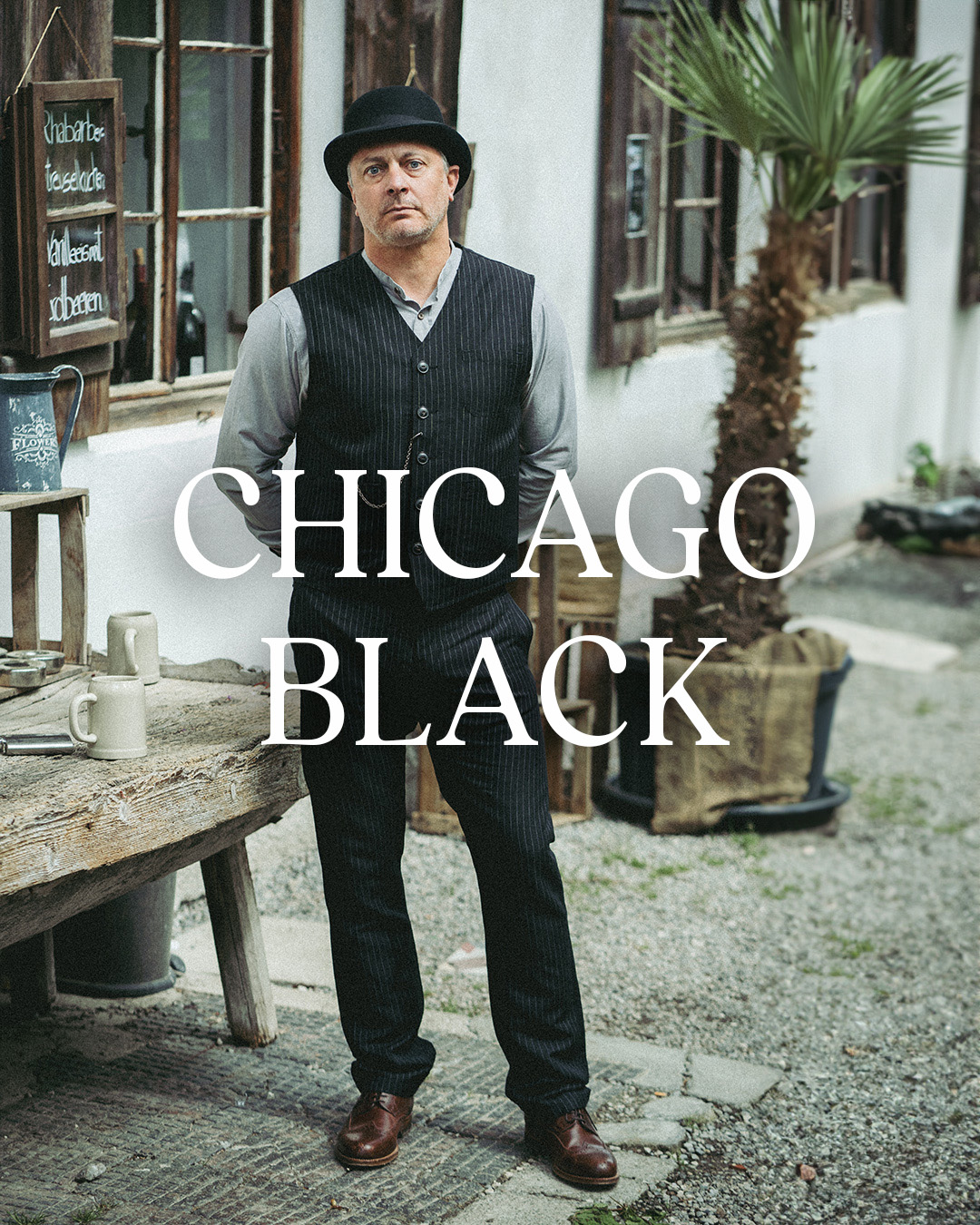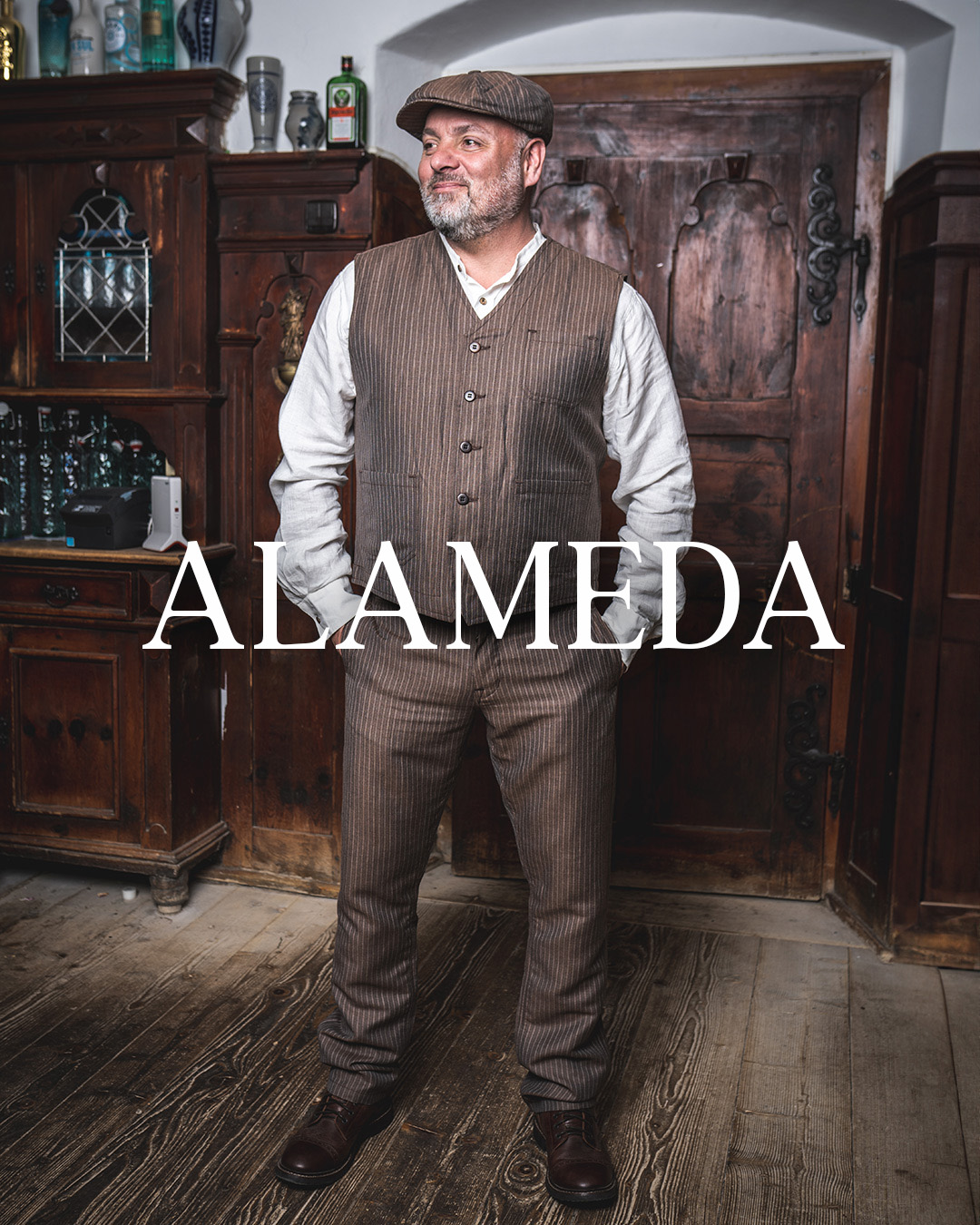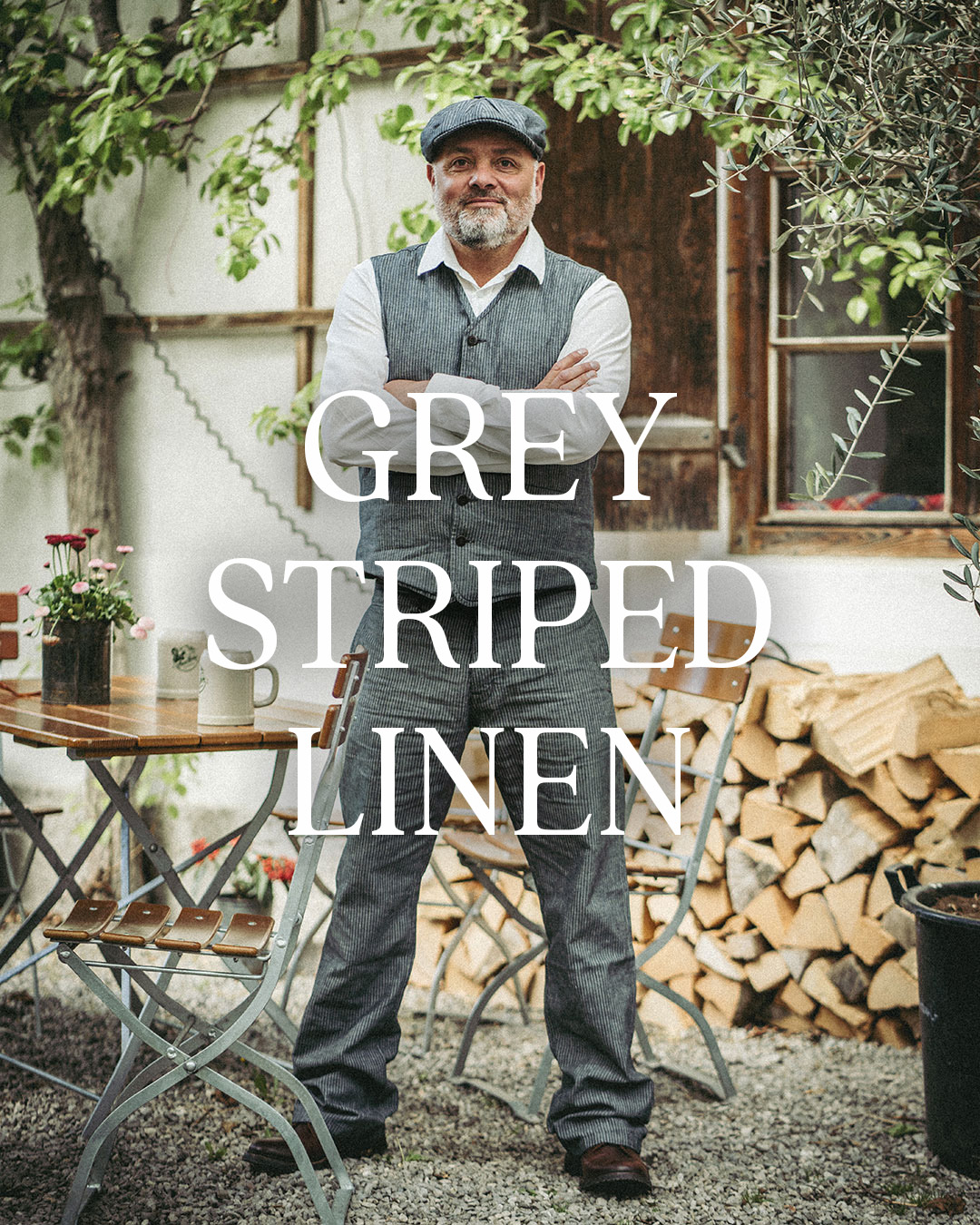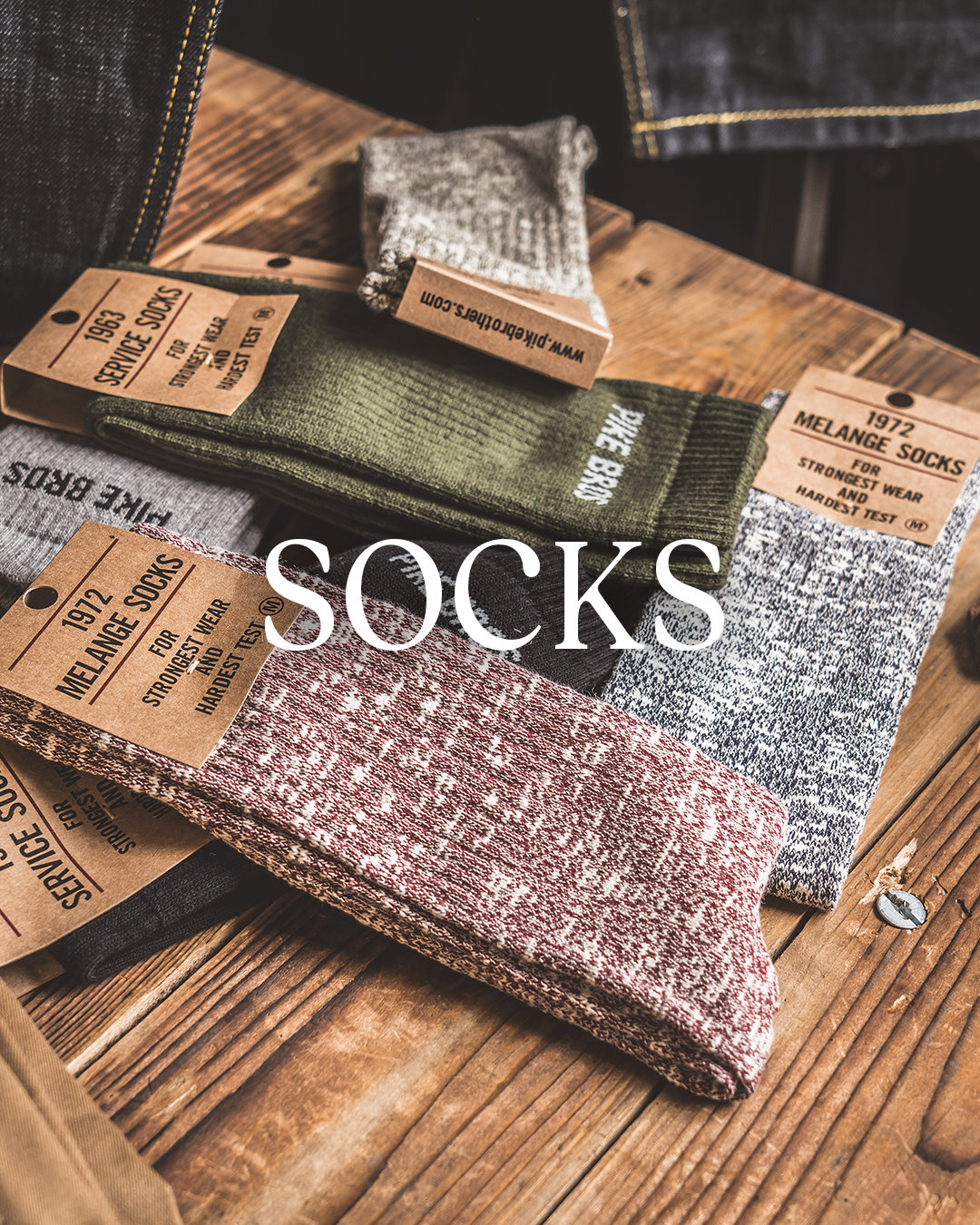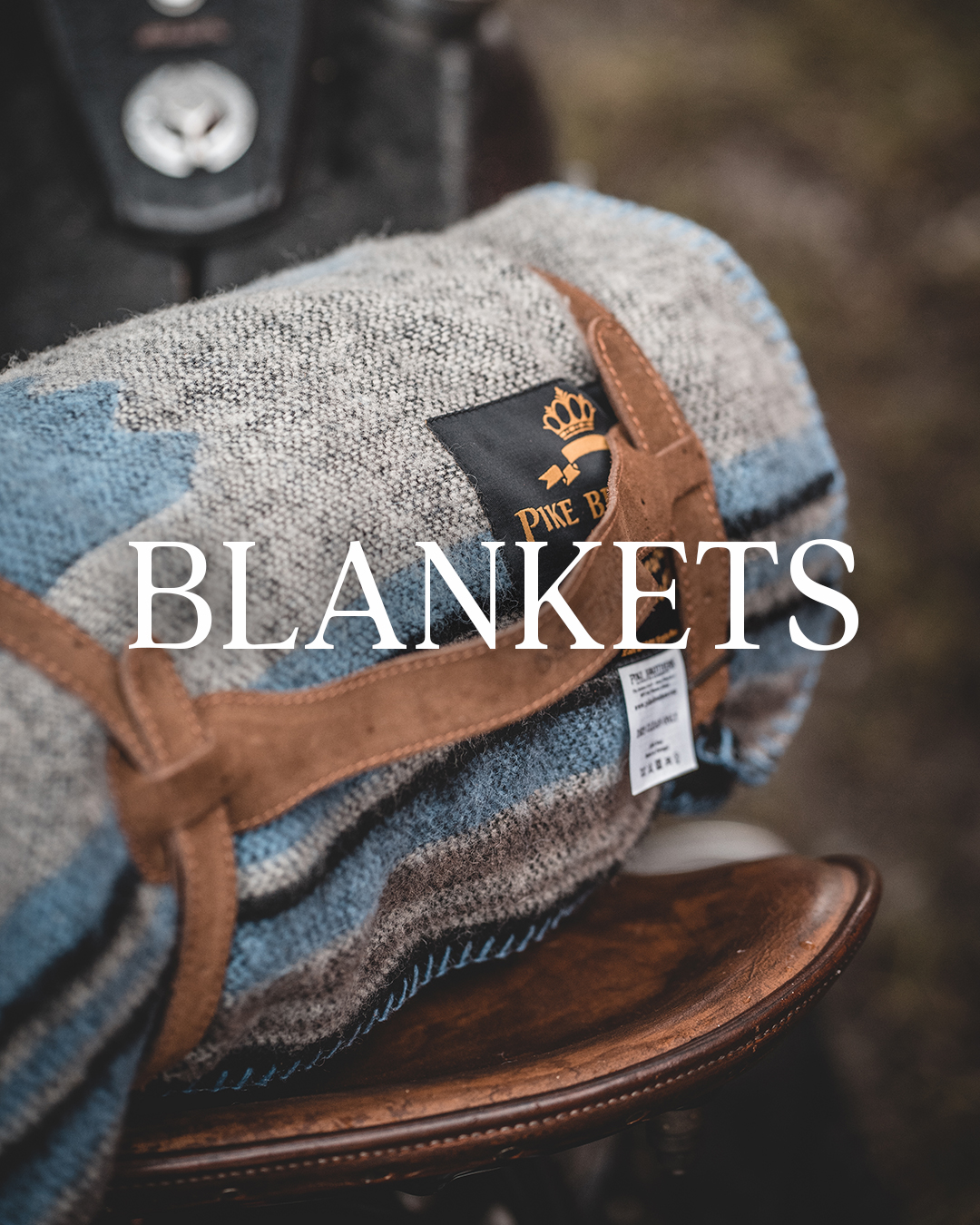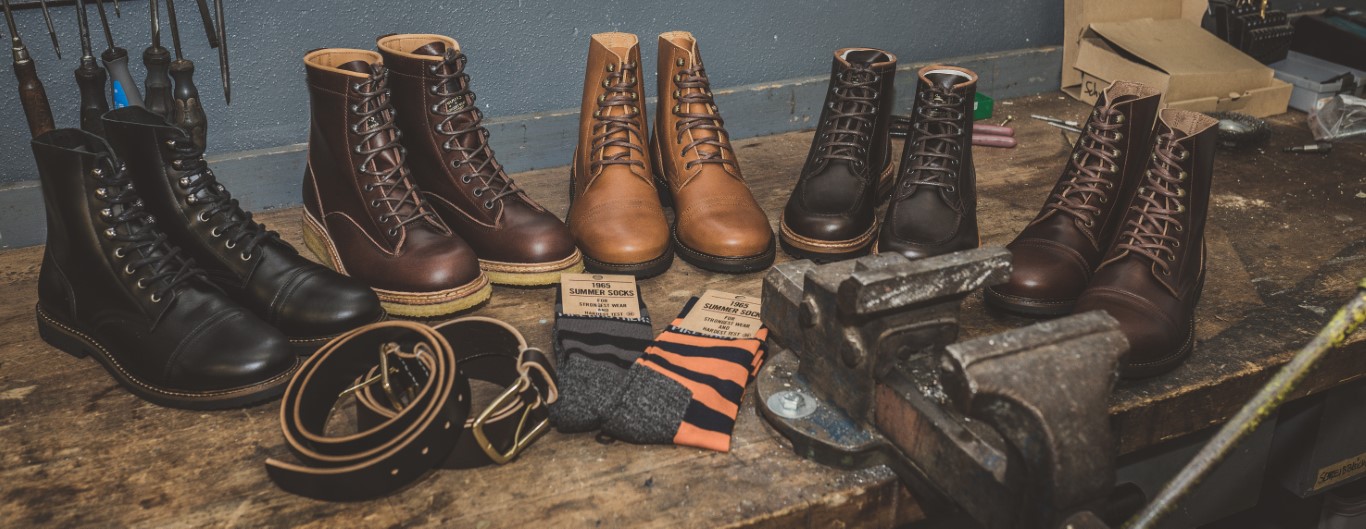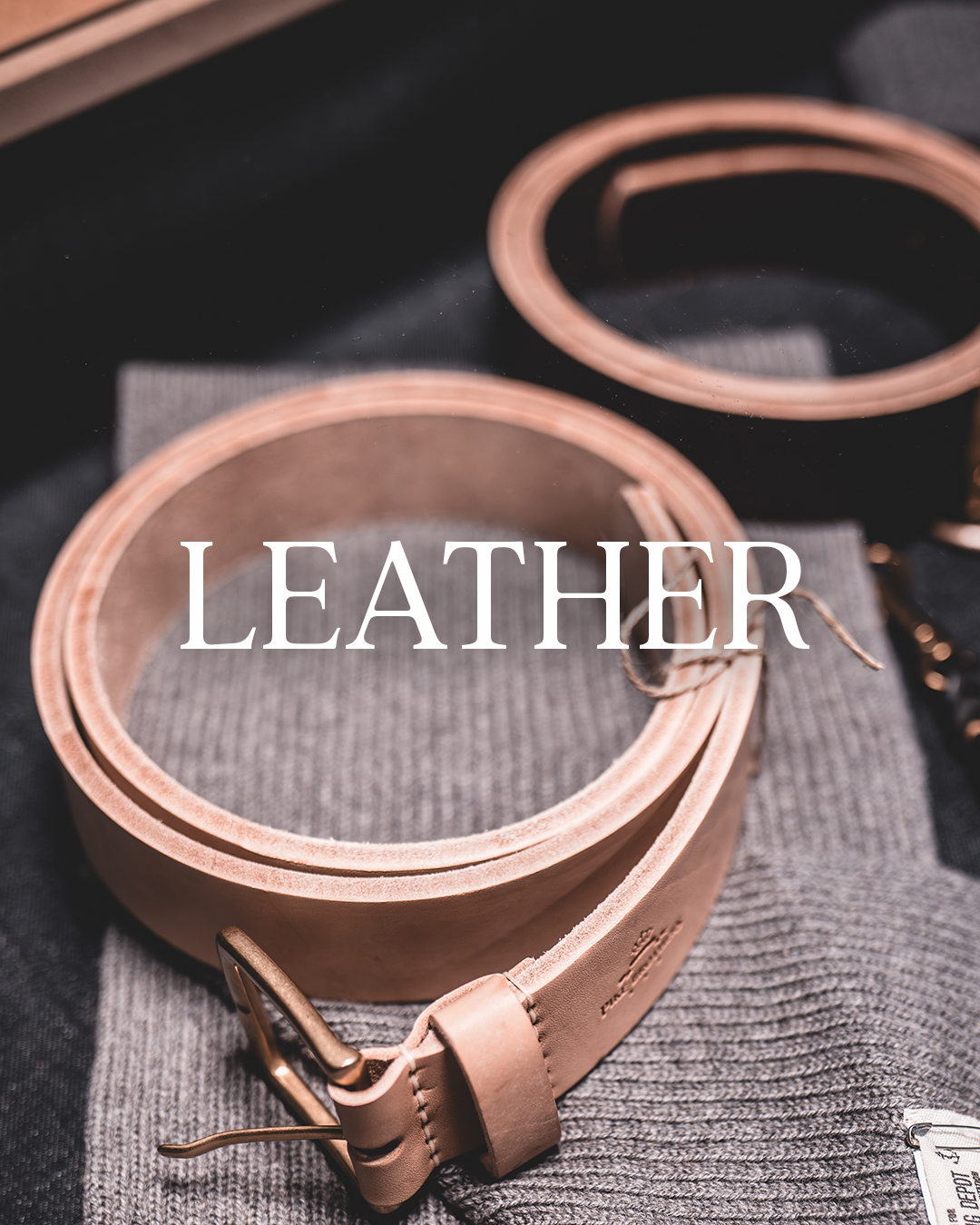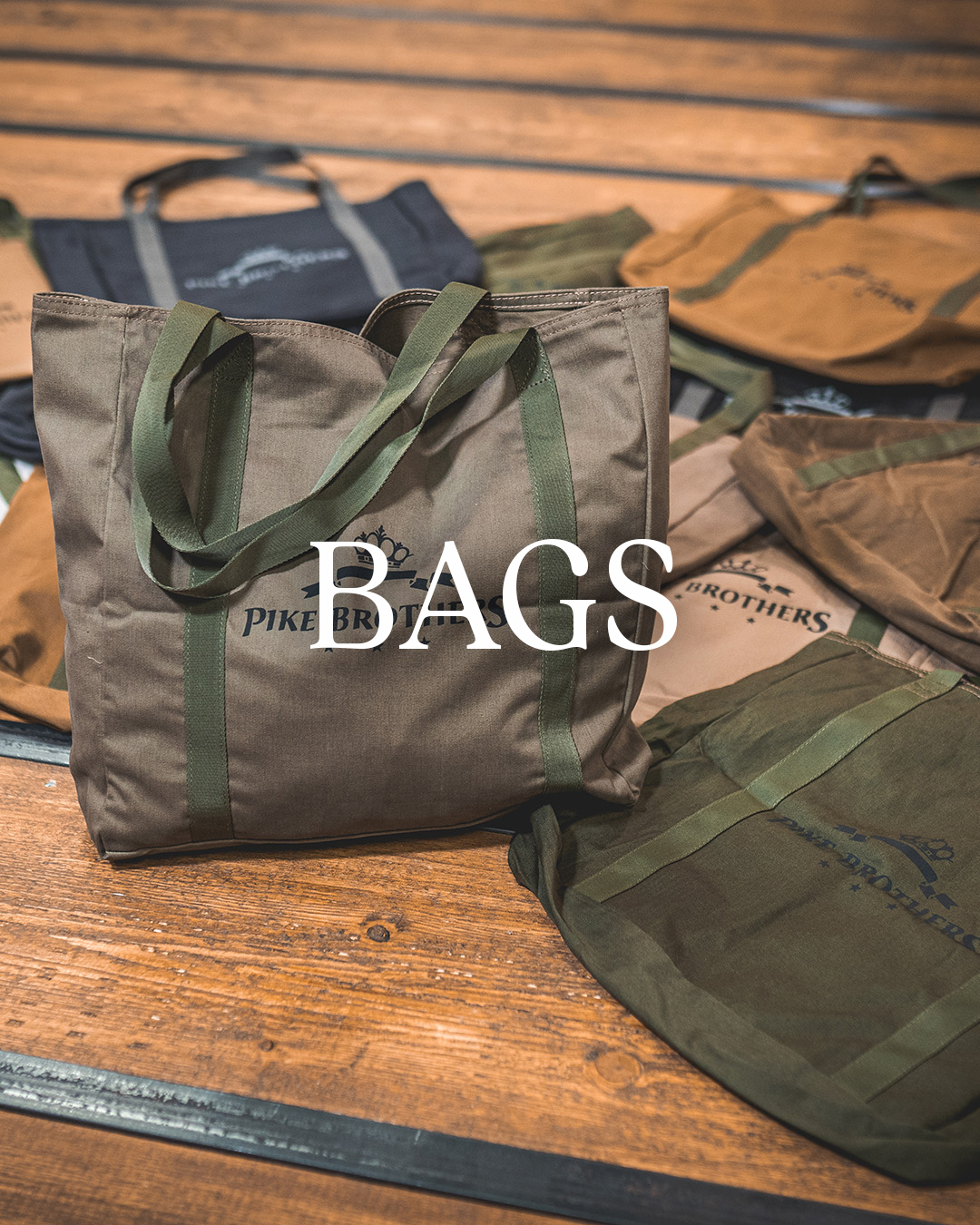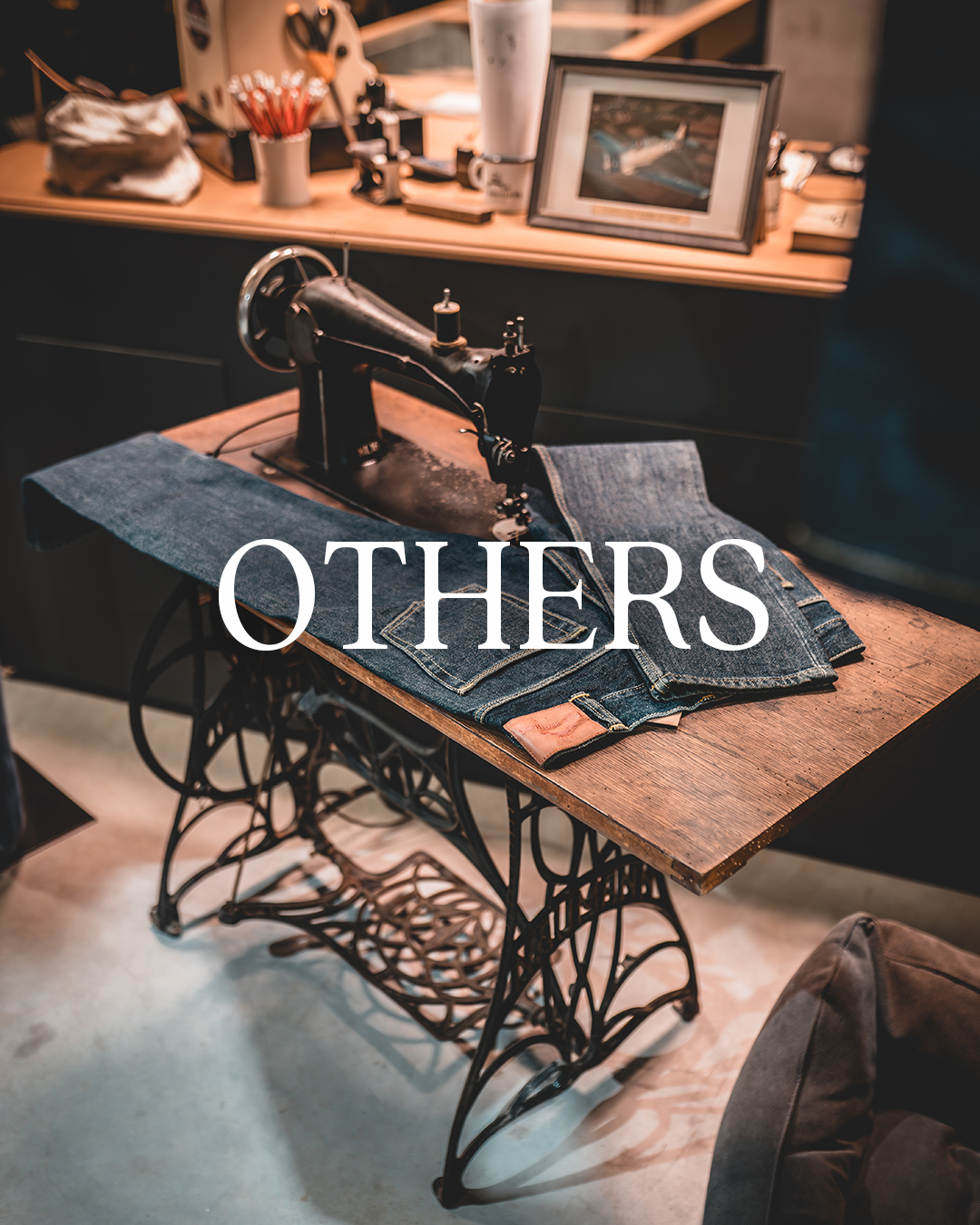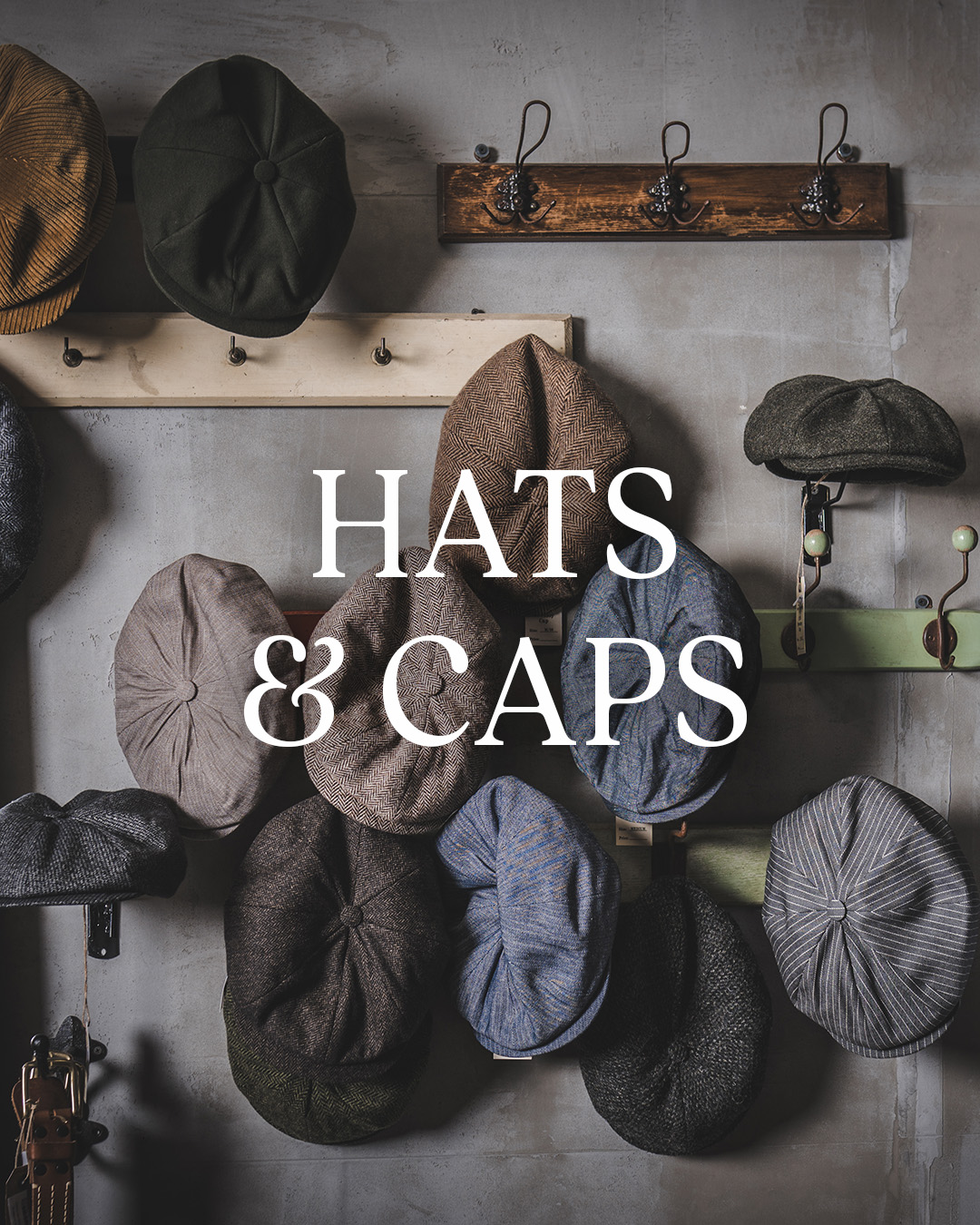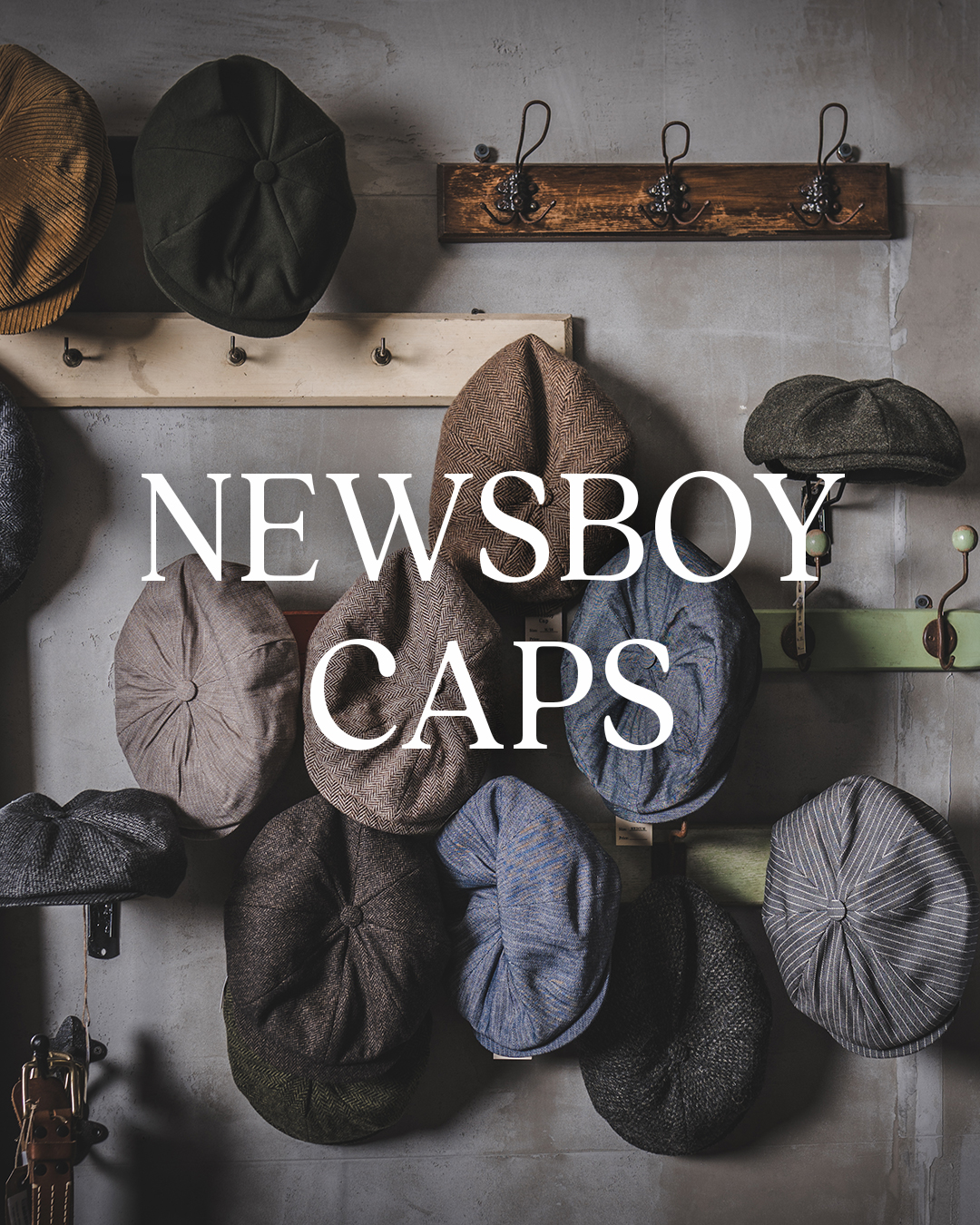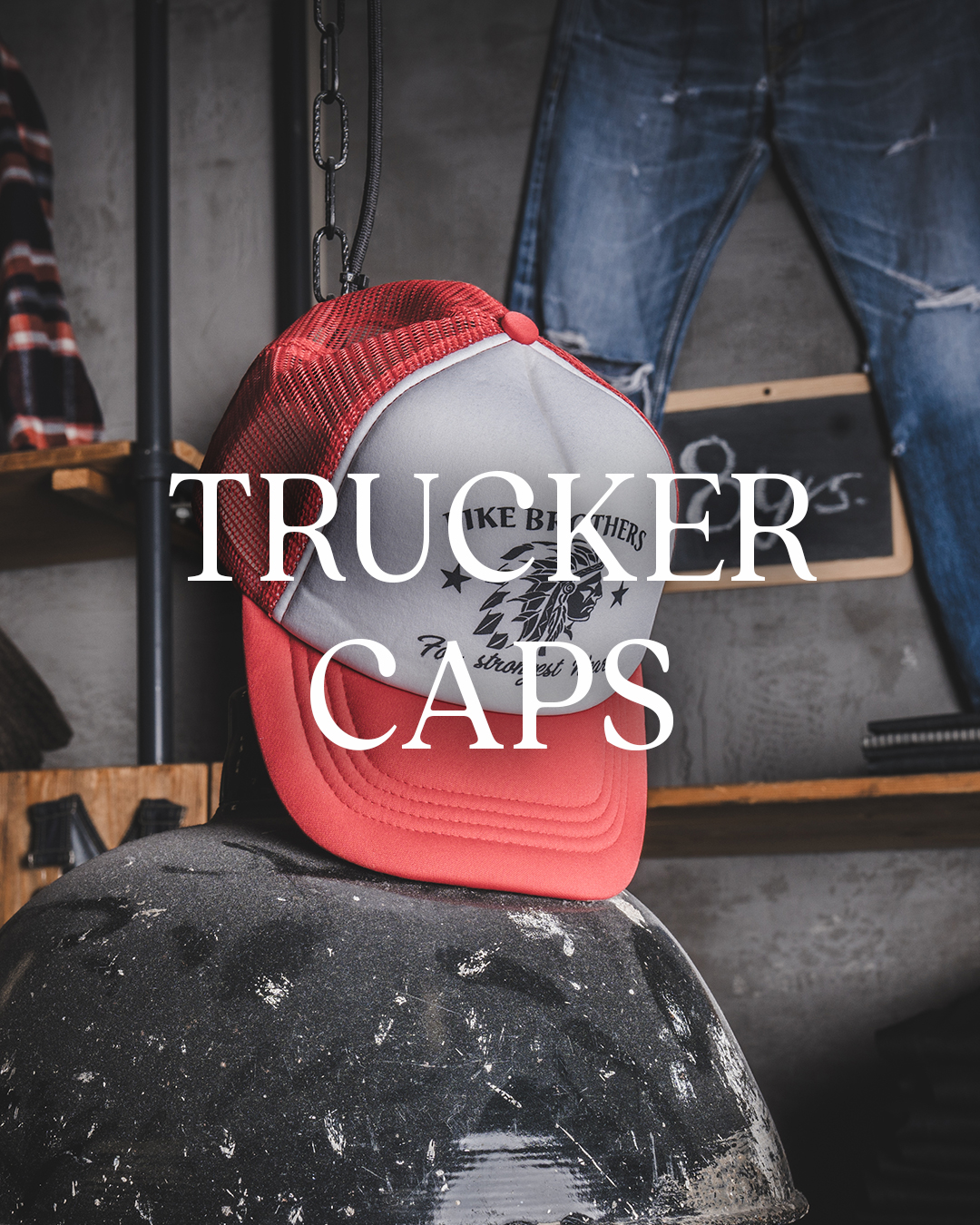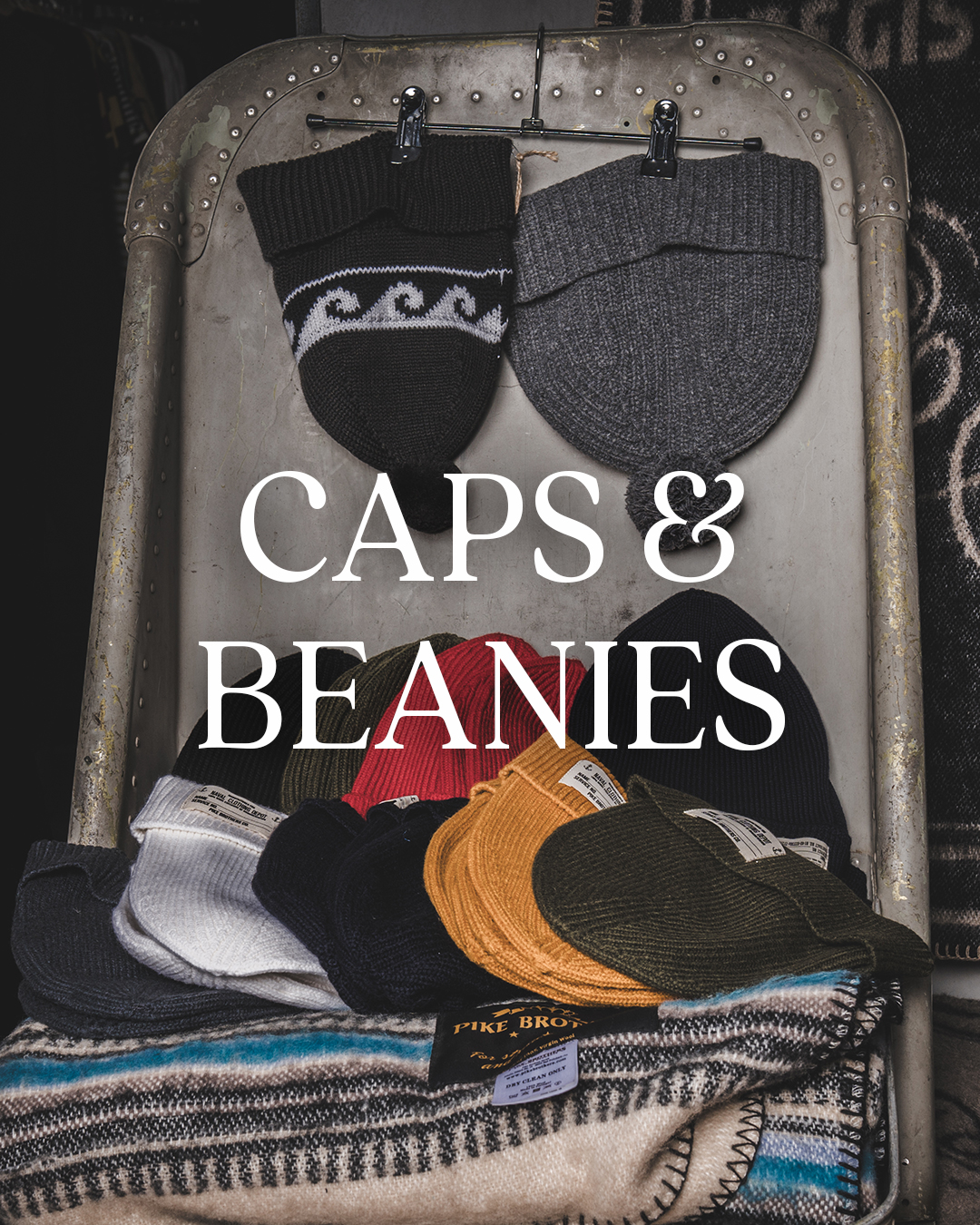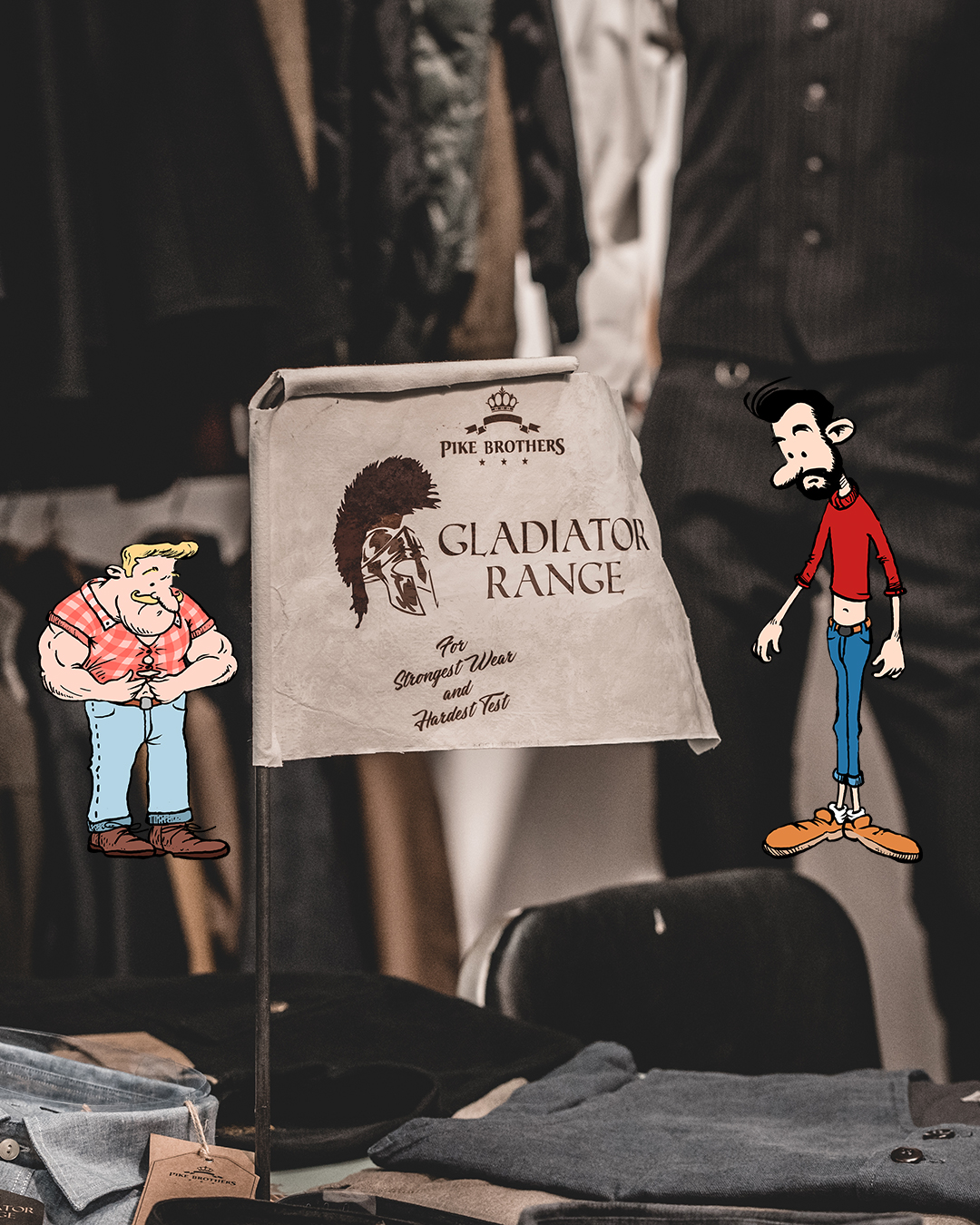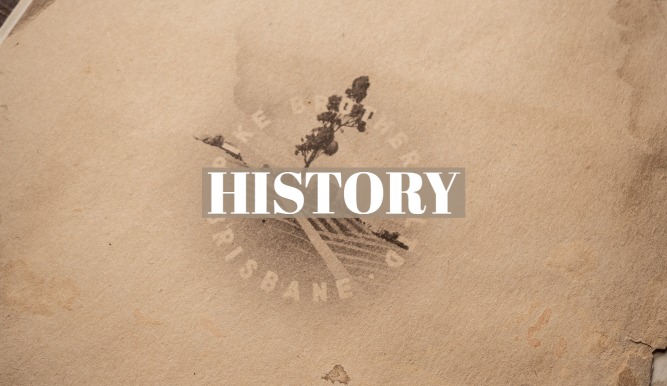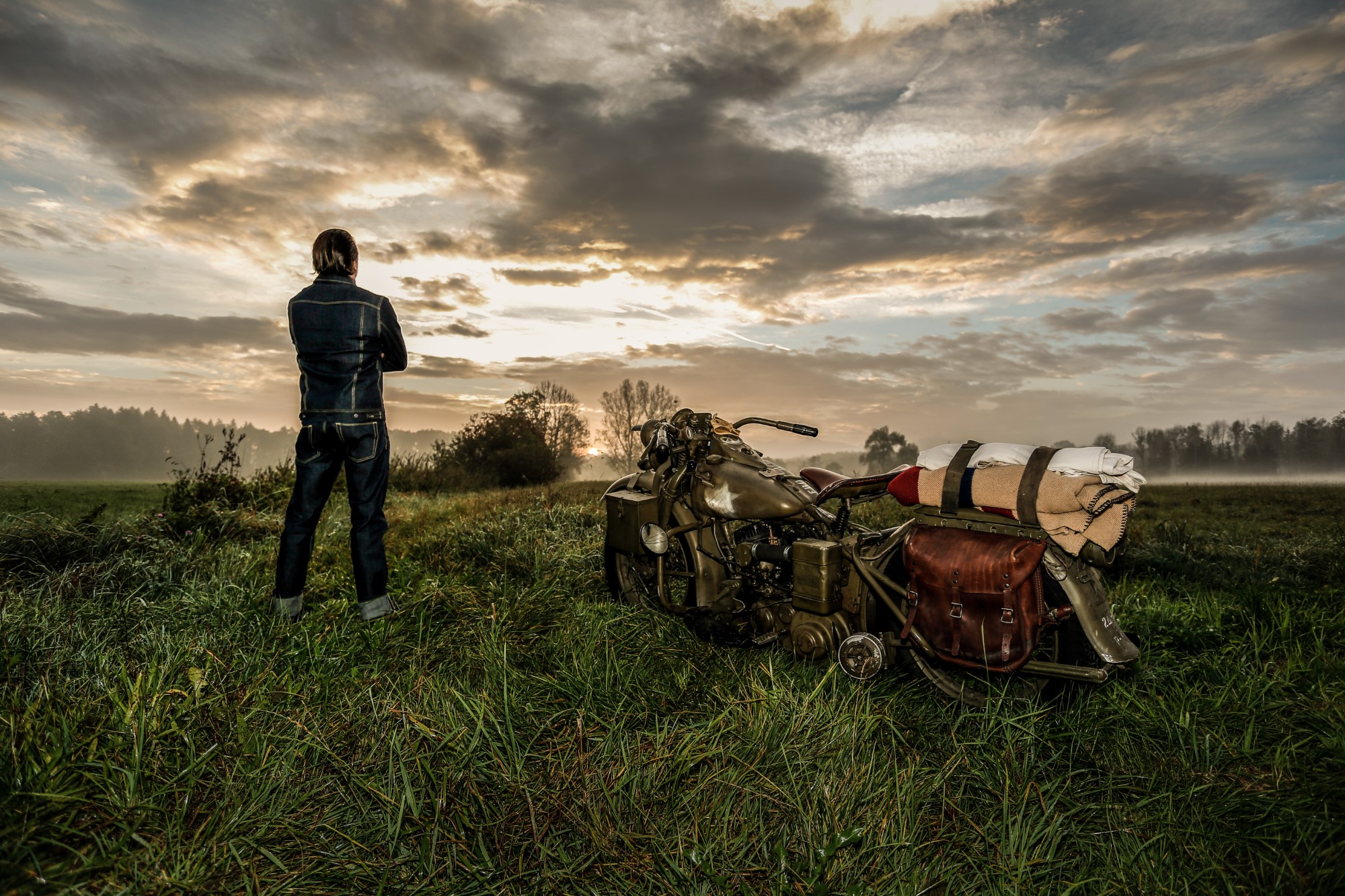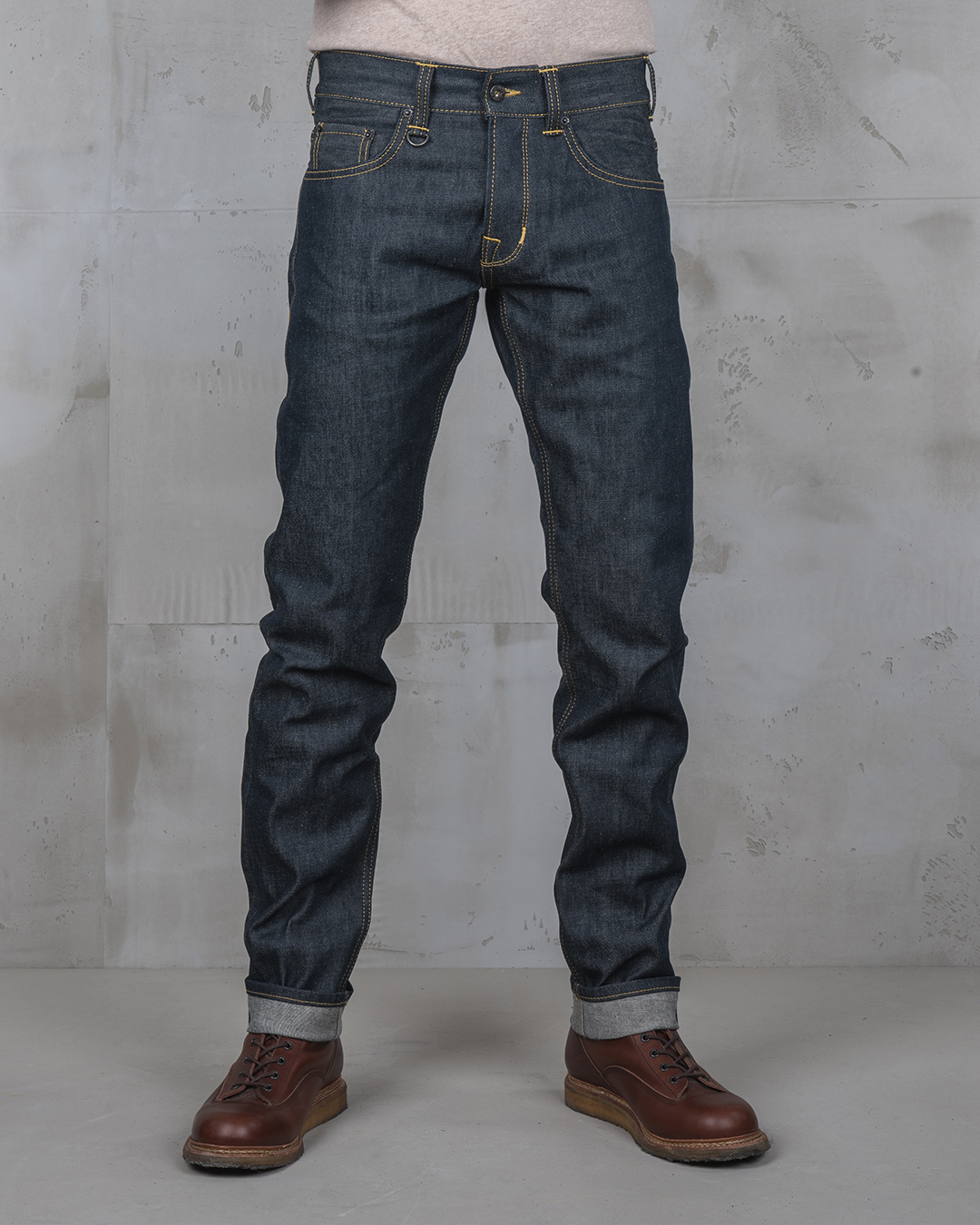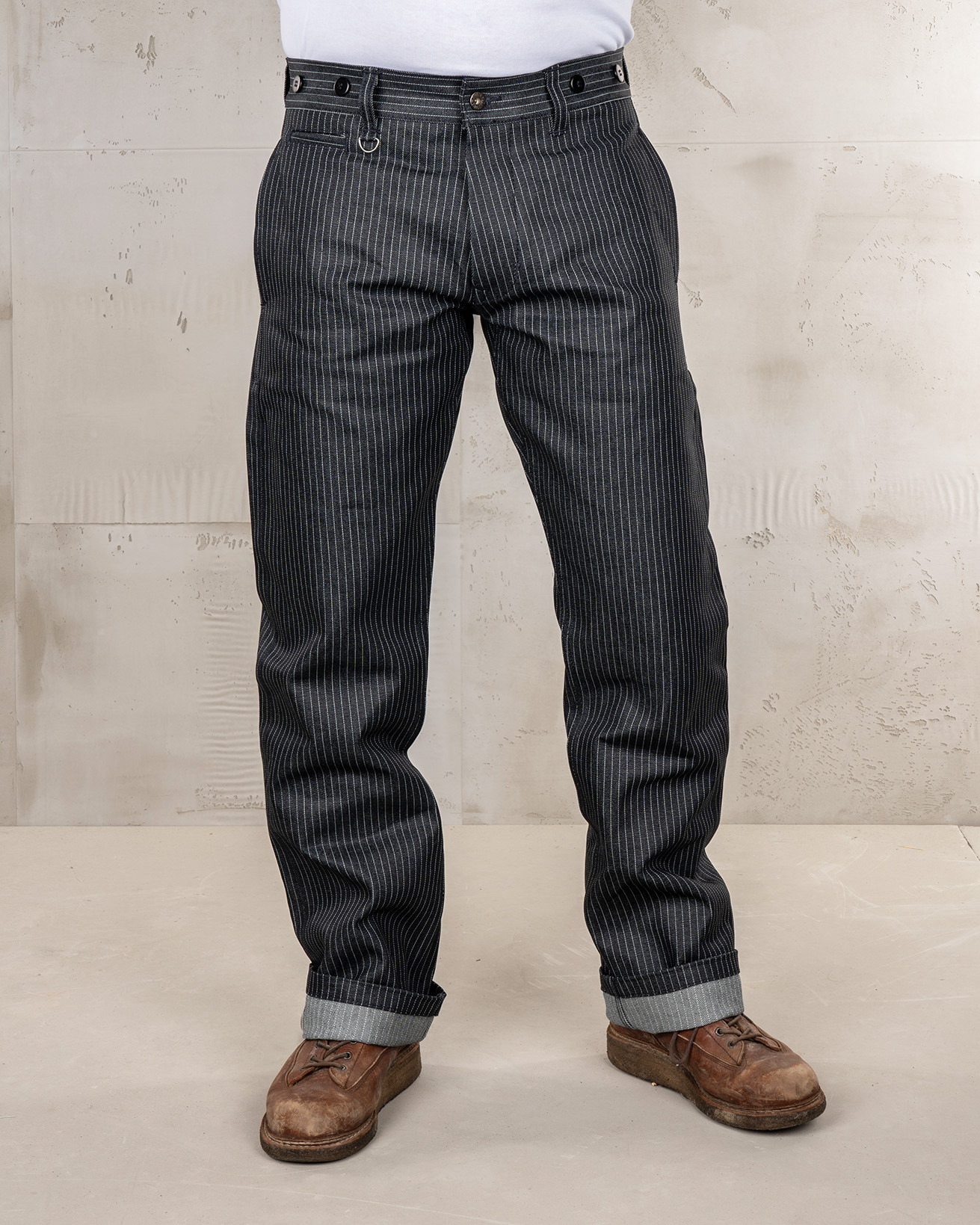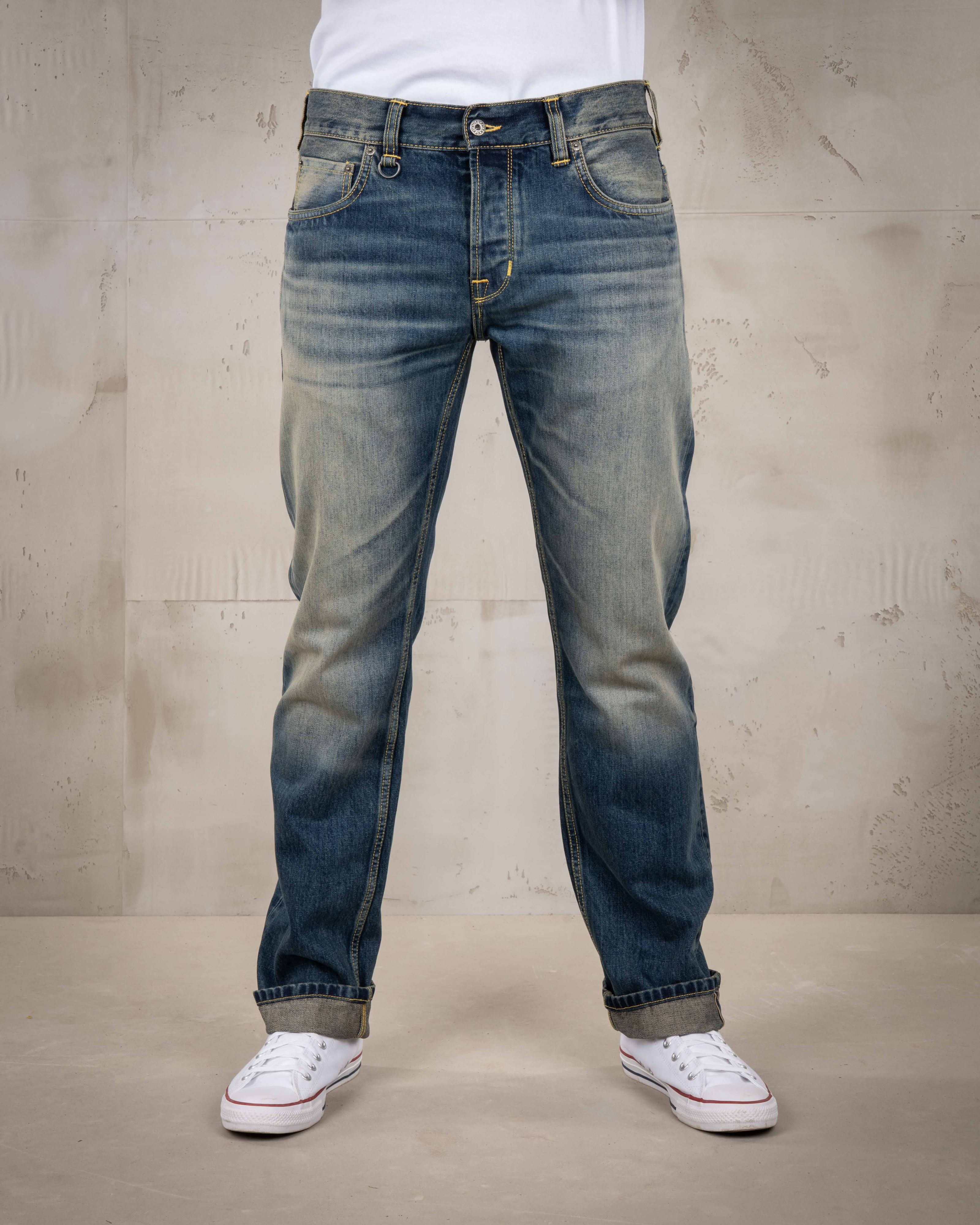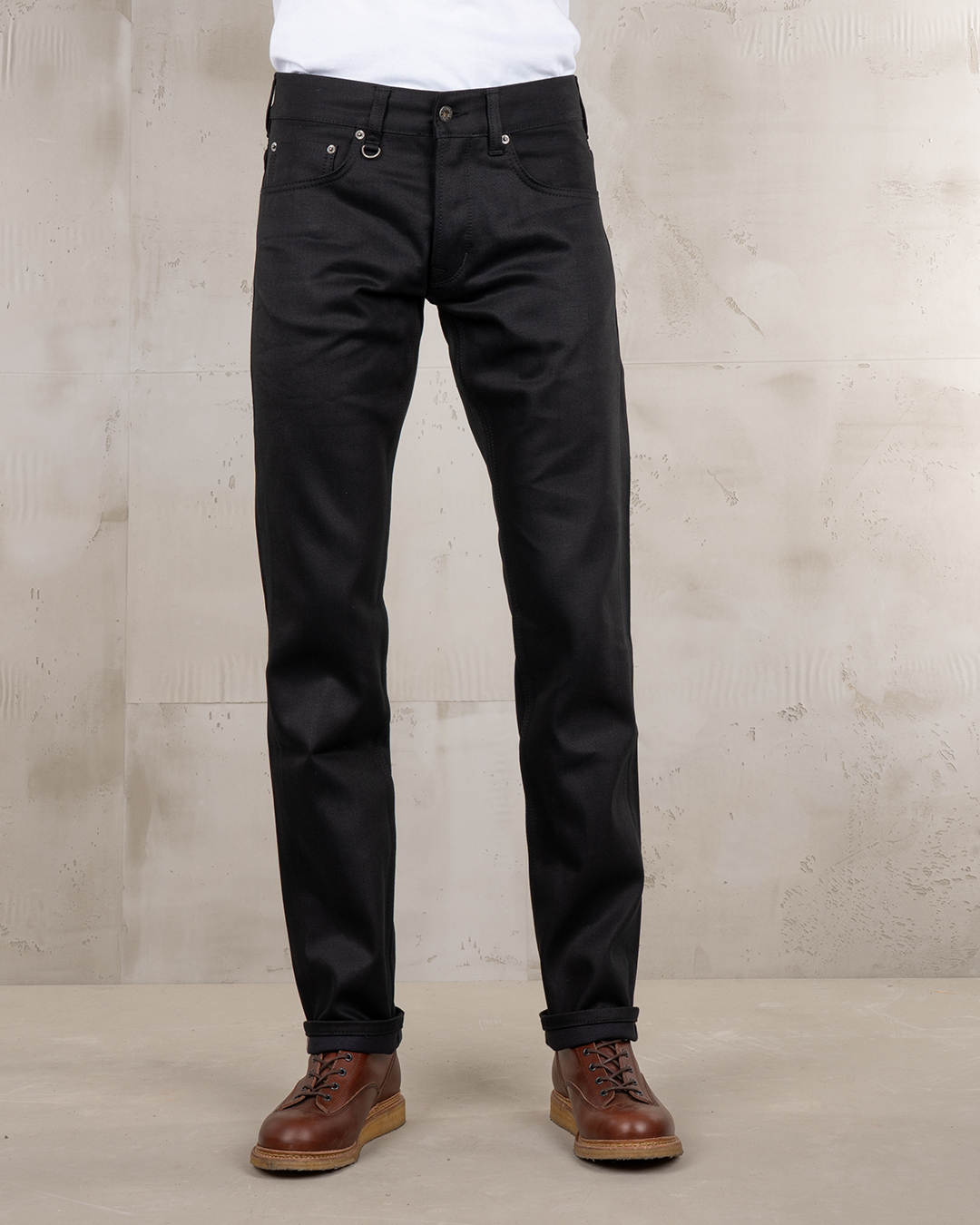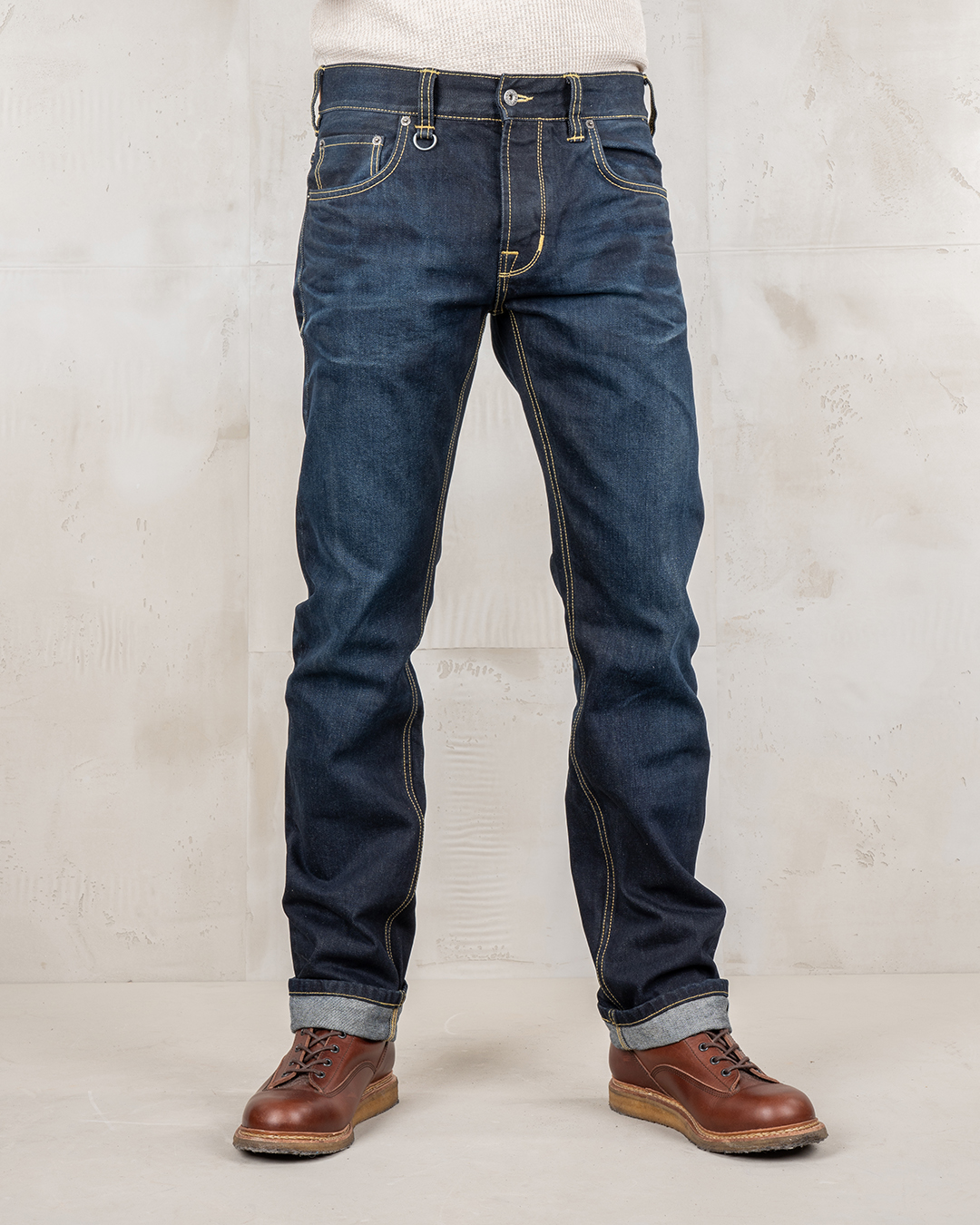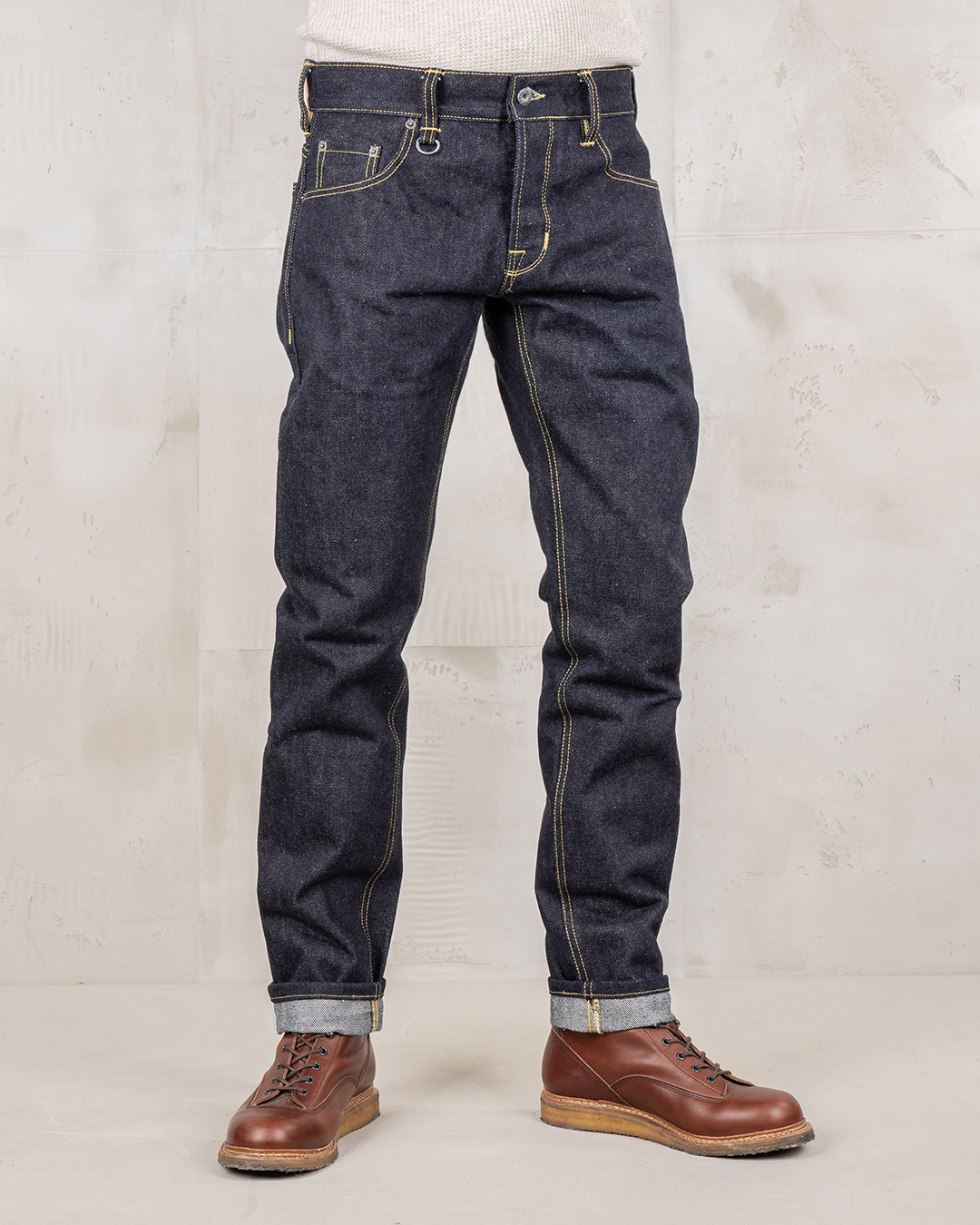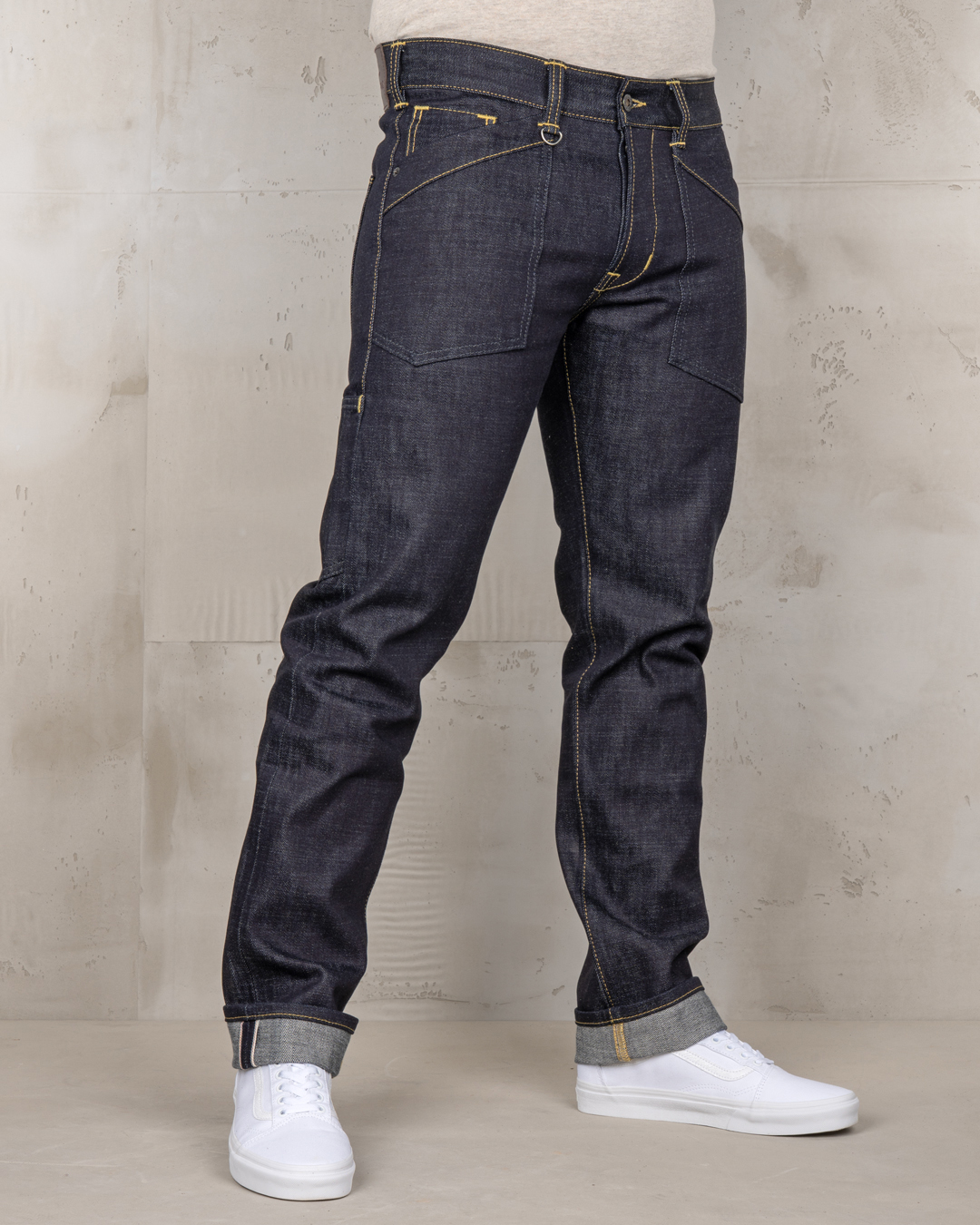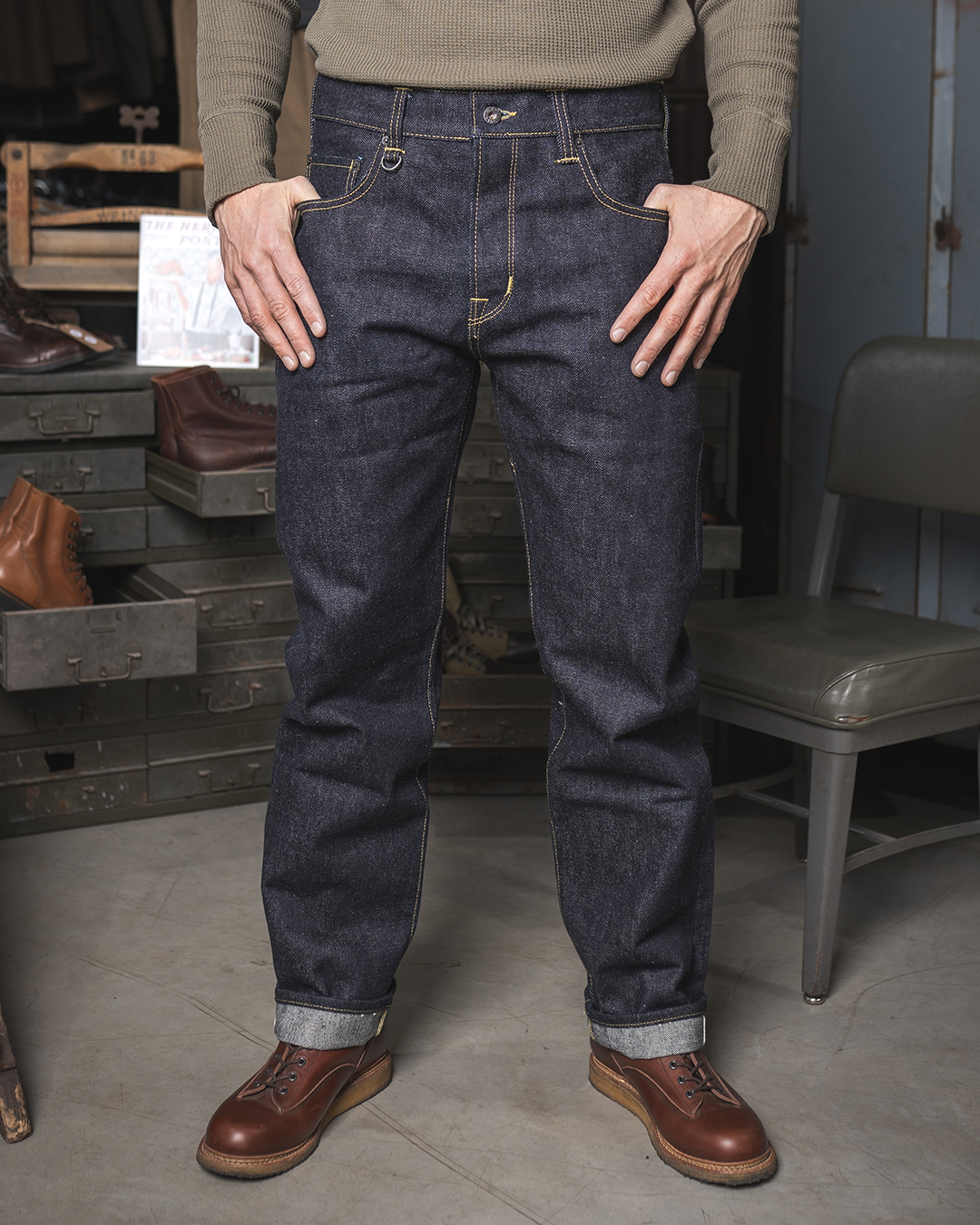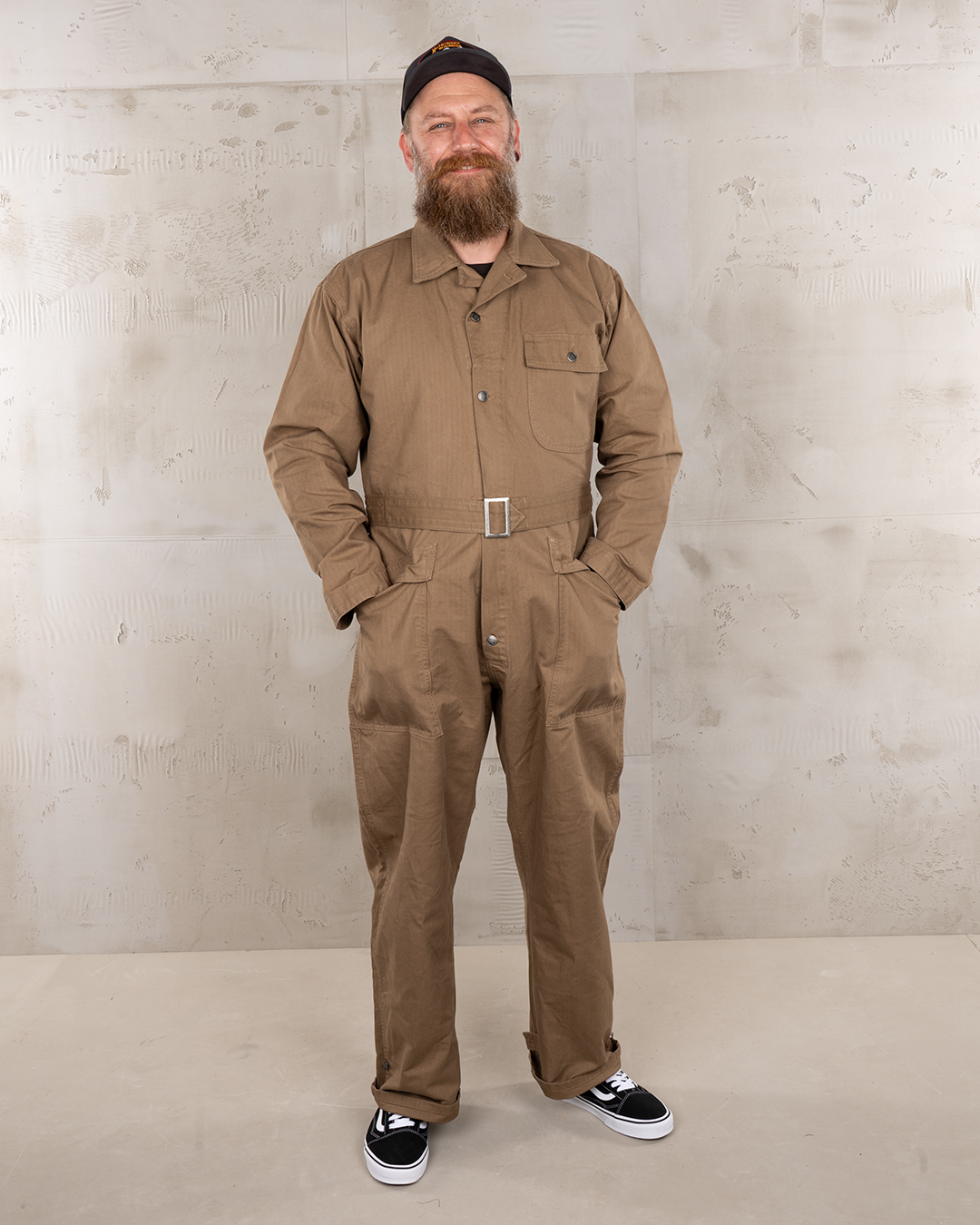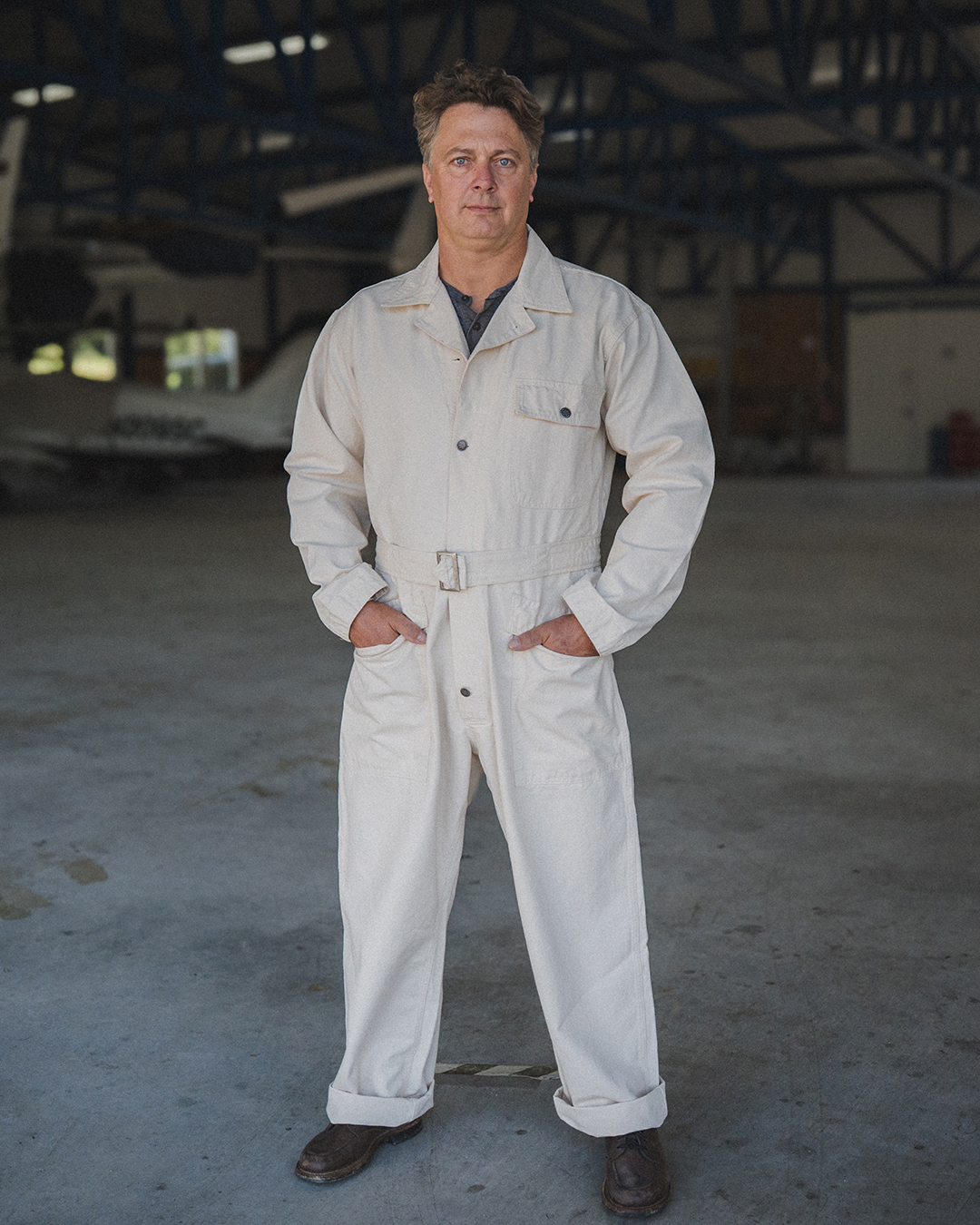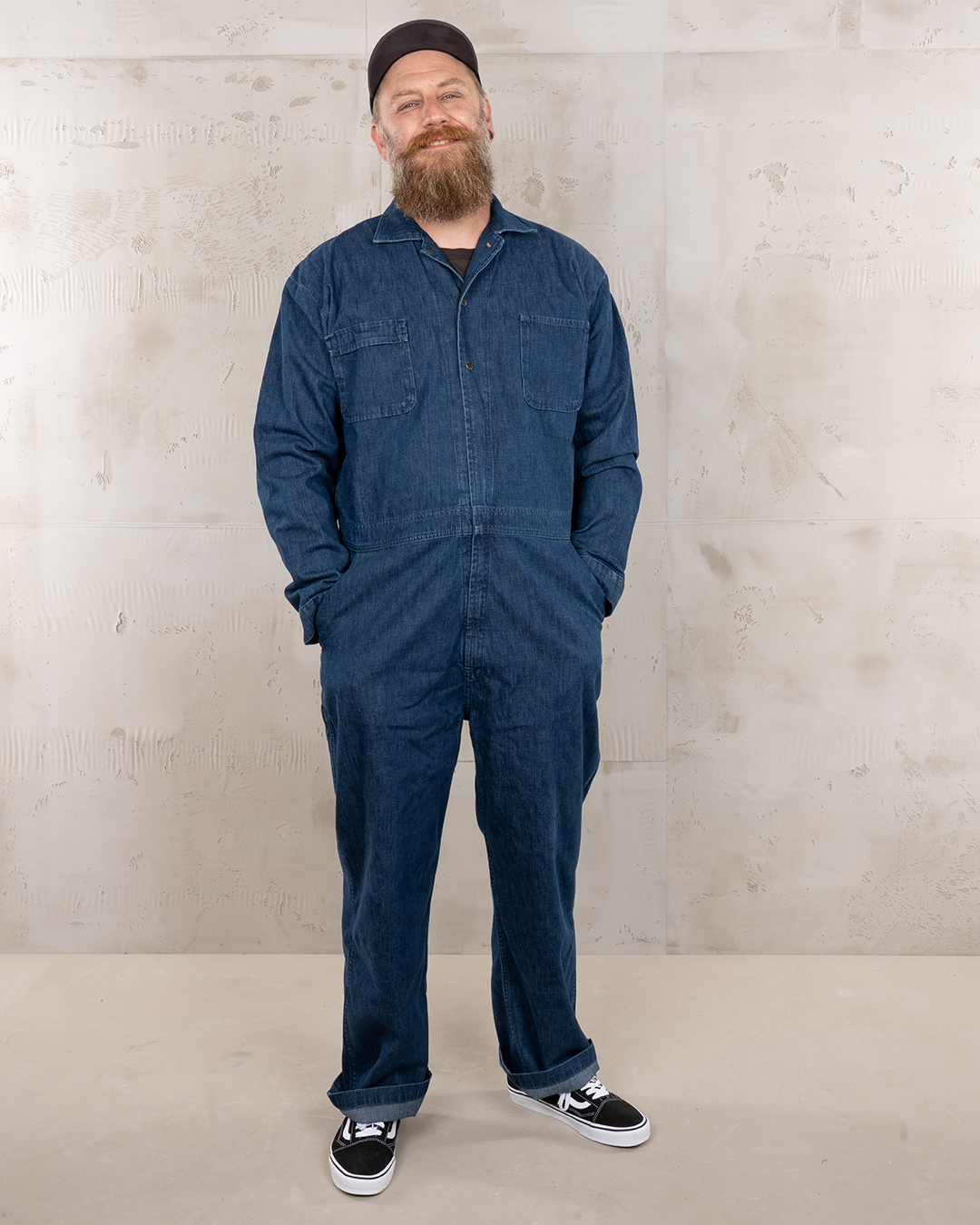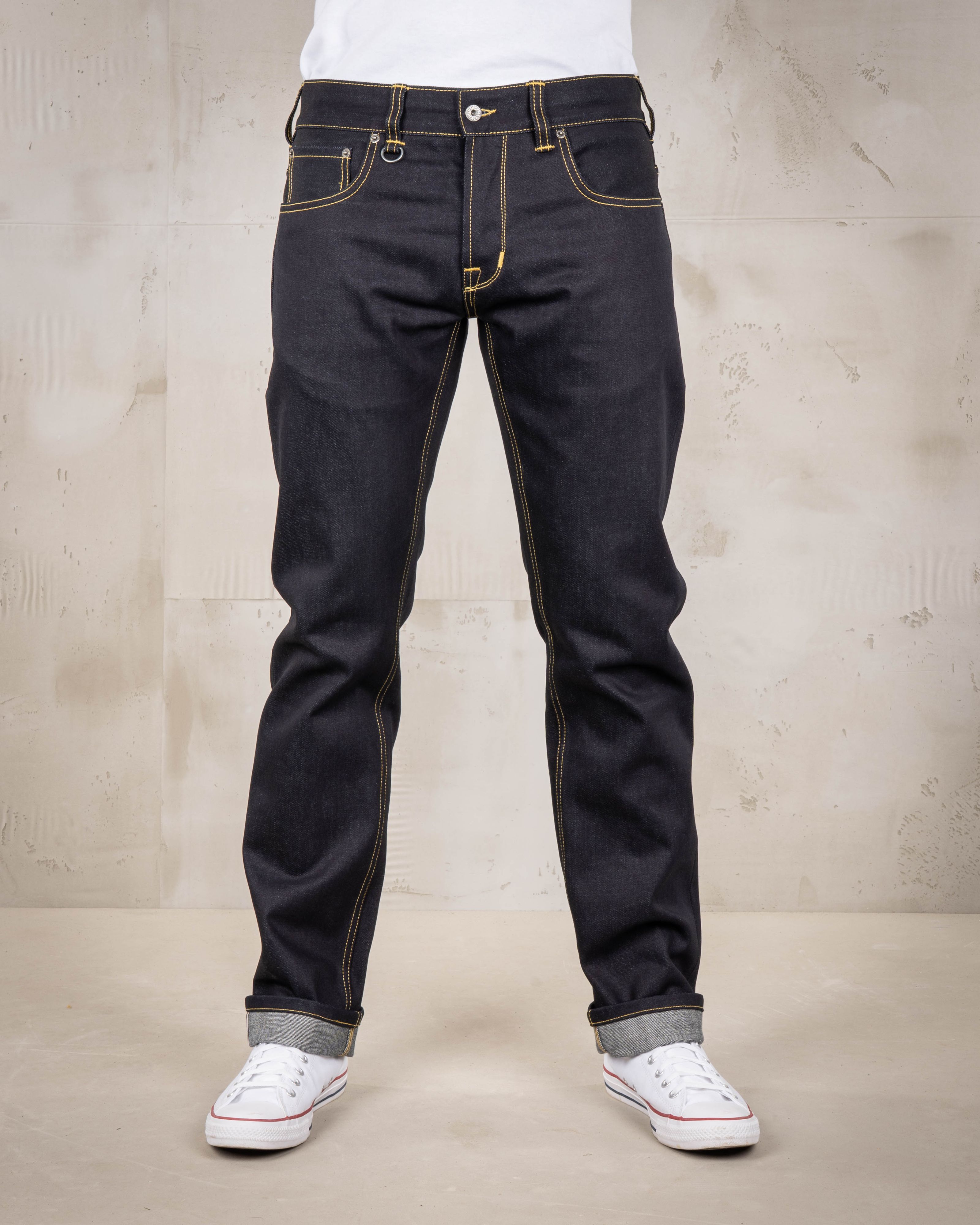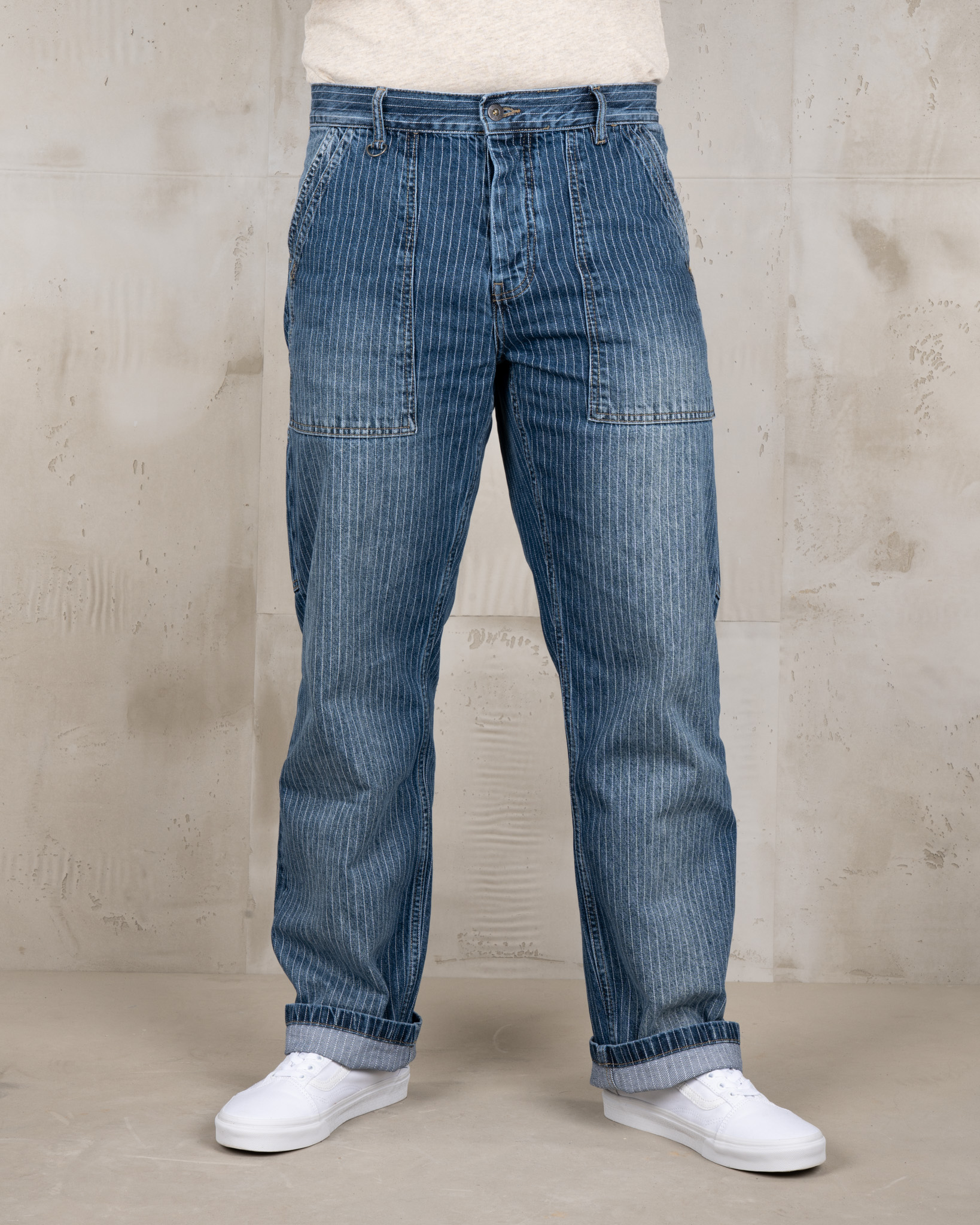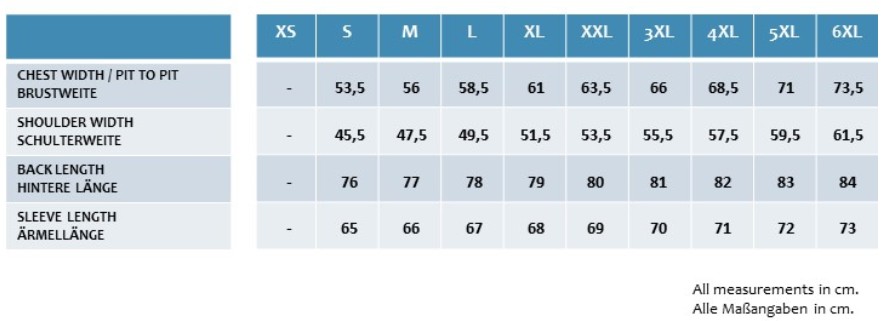
Raw Selvage Denim – Origins, Weaving and Fabric Weights
From Italy to Japan: Premium Denim from vintage Shuttle Looms
What is raw selvage denim – and where does it come from? Raw selvage denim is an untreated denim fabric with a characteristic selvedge edge, produced on traditional shuttle looms. Our denims are exclusively produced for us in Italy by Candiani and in Turkey . We offer a variety of fits and fabric weights – from classic 11oz Metal Denim to 15oz Indigo Denim. For those who like it extra sturdy, we also offer heavyweight jeans made from 21oz denim from Japan.
Filter products
Basically, yes – the label corresponds to the size.
However, slight differences may occur. Reasons:
-different fabric thicknesses (thicker fabric = tighter fit)
-different cuts
handcrafted production in small workshops
-There is a detailed size chart for each item (usually image 10).
We recommend always comparing these.
Slight variations are normal with genuine handcrafted items – but of course only within our strict quality control standards.
We have created a description and video for this purpose. Compare the measured values with the size chart (last image in the article) to find the right size.
Our naming is based on historical items.
-The lower the year: the wider the leg, higher the waistband, braces buttons and cinch back (Example: 1905 Hauler Pant).
-The higher the year: the narrower the leg, lower the waistband, no braces buttons, no cinch back. (Example: 1958 Roamer Pant)
The abbreviations are explained as follows:
W = Waist
L = Length (inside leg length)
in inches, 1 inch = 2.5 cm.
Unwashed denim, as it comes off the loom. The term is also often used in connection with selvedge denim.
Indigo is one of the oldest dyes in the world.Historically, it was extracted from plants, but synthetic indigo has been available since the 20th century.
We only use synthetic indigo because it is:
-more colourfast
-more durable
and
-easier to control.
We also add a dash of black to our 11 oz and 15 oz fabrics. This ensures that the trousers fade less and are more user-friendly in everyday wear.
Indigo blutet aus – Wasser und Wärme lösen Teile der Farbe aus dem Stoff.
Das ist kein Fehler, sondern ein typisches Merkmal von Indigo.
Je nach Färbetiefe passiert das schneller oder langsamer.
Refers to denim with an elaborately woven edge that prevents fraying. Considered a sign of quality; usually with coloured thread. Characteristic of Schützen looms (fabric width approx. 90 cm), which weave this selvedge as a finish.
The weight of a fabric per square metre, measured in grams per square metre.
This often occurs with raw denim and very heavy/compact twill weaves. The diagonally woven fabric (e.g. twill) tends to twist in the diagonal weave direction during washing. Depends on fabric weight, weave tension and washing method, among other factors; more common in heavy fabrics woven in Japan/Germany. Recommendation: dry clean. The more often the garment is machine washed, the more the side seam twists forward. This effect is part of authentically produced vintage trousers and is not a defect.





